What Is A Superset?
A superset is a workout set that consists of two or more exercises. In other words, you do two exercises in the same set with little or no rest between them. This basic principle can be applied in a lot of different ways. For example, a lot of people choose to combine upper-body exercises with lower-body exercises to create sets that work the entire body. Let’s take a closer look at supersets and how they work.
Benefits Of Superset Training
The most obvious benefit of superset training is time-efficiency. For many people, it can be very hard to set aside time for their workouts. When you need to save every possible minute, a superset can be a way to get things done more quickly. Theoretically, you could cut your workout time in half with this method.
Here is an interesting study that relates to the topic. Using a group of 31 women as test subjects, researchers compared the results of traditional strength training and superset strength training.
Over 12 weeks, the test subjects in both groups showed improvements in performance and health. However, the superset group showed more improvement than the traditional group. It should be noted that neither group showed significant improvements in body composition, but they did show significant improvements in muscle strength and muscle endurance. Overall, the research showed that supersets could do the same job (or better) with a lot less time expended.
Of course, it isn’t easy to do supersets. When you go for this kind of training, you will be exerting yourself a little more, and that can be a good thing. By reducing the amount of rest that you take, you can force your muscles to work harder, building them faster. When you want to dial up the intensity of your training, supersets can be a simple way to do so.
Lifting weights can also be a great way to lose weight, and supersets have proven to be one of the most effective methods. The use of total-body supersets will burn fat from the entire body and build your muscles at the same time, giving you two benefits at the same time.
Compound Vs. Mixed Supersets
When you are designing a superset workout, you must make one simple choice: Do you target two different muscle groups or concentrate everything on a single muscle group? For instance, you might choose to isolate your shoulders by doing a superset composed of overhead presses and close-handed bench presses. This kind of exercise is called a compound superset. By doing this, you ensure that every part of the muscle is worked to its maximum.
For some evidence of this fact, let’s take a look at this study. The researchers were attempting to discover if cadence (timing) had any significant impact on the effectiveness of supersets. The study was inconclusive on that front, but we can learn a thing or two from it anyway. It just so happens that the test subjects concentrated on leg exercises, using a mix of leg extensions and seated leg curls. Overall, they found that muscle exertion tended to be higher when using supersets. This study found similar results.
Mixed supersets are the opposite of the above. You target two completely different muscle groups so that you can do more work with less fatigue. In this case, you are trying to reduce your stress rather than increase the load. By spreading the work out like this, you keep either muscle group from being overexerted.
For some evidence of this fact, take a look at this study. By measuring the amount of oxygen used by the muscles, researchers were able to determine the total energy expenditure for both traditional sets and supersets. They found that there was no significant difference between the two in terms of energy usage. When we look closer, we can see that the test subjects used mixed sets exclusively.
Reverse Supersets
There are many ways to use supersets in your workout, and one of the most popular ways is to use opposing muscle groups in the same set. These kinds of exercises are called reverse supersets, but they have other names as well. If you don’t know what we mean by “opposing muscle groups,” then some explanation is in order.
Your muscles can only be exerted in one direction at once, and this is because all your muscles are arranged in groups of opposing pairs. When one muscle is moving, its opposite muscle cannot move. That means you can allow that muscle to rest while its opposite is working. If you want to maximize the time-saving benefits of superset training, reverse supersets are the way to go.
In this case, the moving muscle is called the “agonist,” while its opposite is called the “antagonist.” Here are some examples of muscle groups that act as agonist and antagonist to one another:
- Biceps and Triceps
- Deltoids and Lats
- Pectorals and Rhomboids
- Rectus Abdominis (upper abs) and Spinal support muscles (middle back)
- Iliopsoas (groin muscles) and Glutes
- Quads and Hamstrings
- Hip Adductor and Gluteus Medius
- Tibialis Anterior and Gastrocnemius
- Semi-Random Supersets
In the end, you don’t have to follow any of these patterns. While many of these might be helpful, we would encourage you to experiment with different kinds of supersets so that you can find the ones that work best for you. In fact, you could even set up a semi-random superset routine.
When we say “semi-random,” we are talking about a workout in which you work on two completely unrelated muscle groups in each set. Rather than working opposing muscle groups or going for a total-body approach, you can just pick two muscle groups that you feel you need to work on and roll with that. We would advise against going full random with this approach, as random actions tend to produce random results.
Don’t Go Too Far
 There is always a danger of overtraining when you start doing supersets. Doing twice the work with half the rest could be a recipe for injury if you aren’t careful. There are several important pointers that can help you avoid the danger of overtraining, and all of them are quite simple.
There is always a danger of overtraining when you start doing supersets. Doing twice the work with half the rest could be a recipe for injury if you aren’t careful. There are several important pointers that can help you avoid the danger of overtraining, and all of them are quite simple.
For one thing, you need to make sure you get adequate rest between workouts. When you raise the intensity of your routine, you are inflicting more damage to the muscles. There is no way of getting around that basic fact, so you need to give yourself enough time to recover fully.
But how long should you give yourself? This study attempted to find the answer. Using twenty healthy men as test subjects, the researchers determined that the use of supersets led to a significant increase in muscle trauma. The subjects trained for five days and rested for five days. It was determined that five days of rest was not enough to recover from five days of superset training.
Overtraining can also have some negative effects on your blood pressure, as you can see here. Based on this evidence, we would recommend that you double your rest days when using supersets. You cannot cheat biology, and it’s not a good idea to try. When you reduce your rest periods during the workout, you must compensate for that in some way. Increasing your number of rest days is the only practical way to do that.
Common Mistakes To Avoid
A lot of people try superset training and find it to be too much. However, many of those people aren’t doing it right. In this section, we will discuss some of the most common mistakes that people make when doing supersets.
Don’t Use Core Exercises
A lot of people want to use core exercises as part of their superset routine. In general, this is not a good idea. The core of the body is used for all movements. For centuries, the martial arts have taught that all movement begins at the center of the body, which we now call the “core.” Because the core is used for just about everything, you can’t really isolate those muscles.
So, let’s say you incorporate some planking into your superset workout. This exercise (which is like a stationary push-up) is one of the very best ways to train your core. When you are done, you will (of course) move on to the second half of the superset. Whichever exercise you choose, the core will be engaged to one degree or another. Thus, you are taking the risk of straining your most important muscles.
Don’t Combine Compression Exercises
As strange as it may sound, you should also consider the effect of gravity upon your body. Gravity is a force that is constantly pushing down, and its effect is magnified when extra weight is added. Over time, this has the effect of compressing the spine. That’s why powerlifters and other extreme-level bodybuilders will tend to have spinal problems later in life.
Not all weight training will compress the spine. You mainly need to be careful about exercises in which the weight is used in combination with the force of gravity. Weighted squats or weighted lunges are good examples of this kind of training. There is nothing wrong with doing these exercises, but you don’t want to combine them in the same superset. Over time, that will just put too much pressure on your spine.
Don’t Overwork Your Grip
In many exercises, your grip might be the fundamental weak point. As we already know, supersets allow you to rest one muscle group while the other one works. However, if both exercises involve the use of a tight grip, you can end up straining the hands and wrists. Since these are essential for all lifting, you don’t want to burn them out.
There are exercises that focus on your grip specifically. If you are having trouble in this department, you might want to try a few of them. A stronger grip will lead to more lifting sessions, Nevertheless, a superset should not combine exercises that are particularly hard on your hands and wrists.
The Problem With Superset Training
Like any good thing, the superset method does have one flaw. If you are trying to build as much muscle as possible in a short amount of time, supersets might not be the best way to go. It’s important to realize that the body does not build muscle while you are working out. Instead, the body builds muscle during the recovery period. During this time, the body is working to heal the damage that you have done to your muscles. Once that is accomplished, the body will continue to build. Building a muscle is almost like forcing a scab to grow bigger and bigger. While that might be a gross and vulgar analogy, it is an accurate description.
With superset training, you are reducing the amount of time that your body spends in recovery mode. Thus, you can end up hindering your growth because you won’t stop working out! To deal with this problem, double your rest periods after a superset workout. As we said before, you cannot cheat biology. Every minute spent working out should equal two minutes that you spend recovering afterward.
Conclusion
The superset is an excellent workout technique that can be applied in a huge variety of ways. This article is just a quick overview of the many ways in which this principle can be used to supercharge your results. At the very least, the use of supersets can help you to manage your workout time more effectively. At best, this method might help you to achieve a whole new level of fitness. Either way, we hope that we have answered all your questions on this essential subject. If not, we advise you to fill out a contact form today.


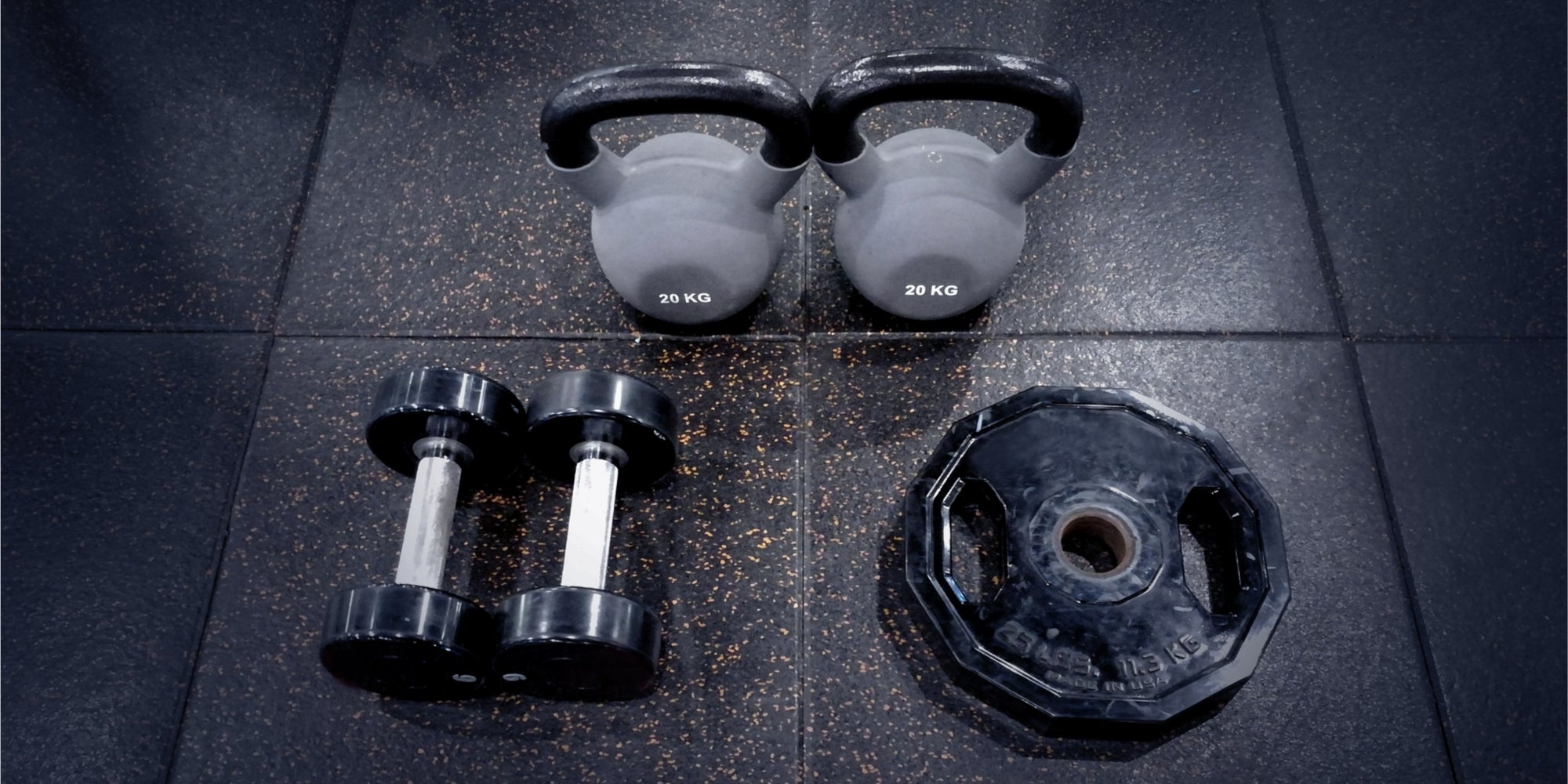
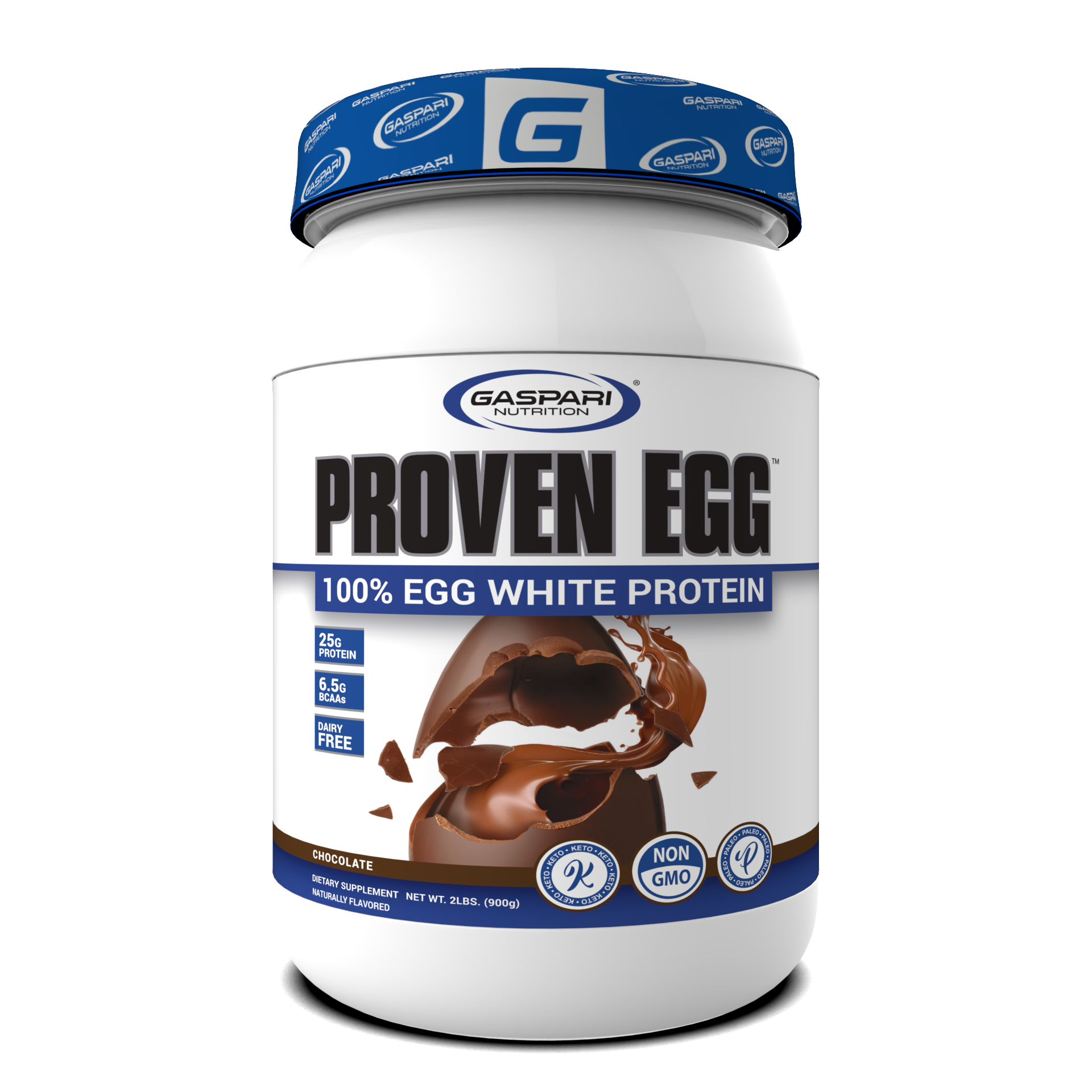

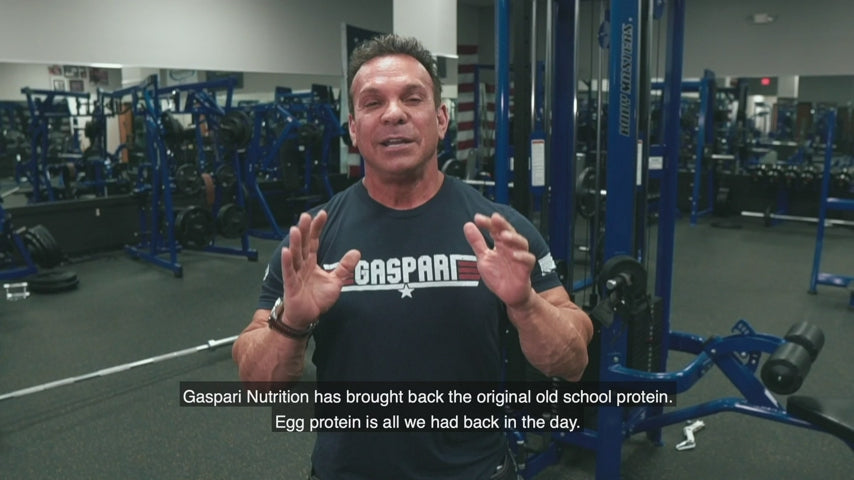


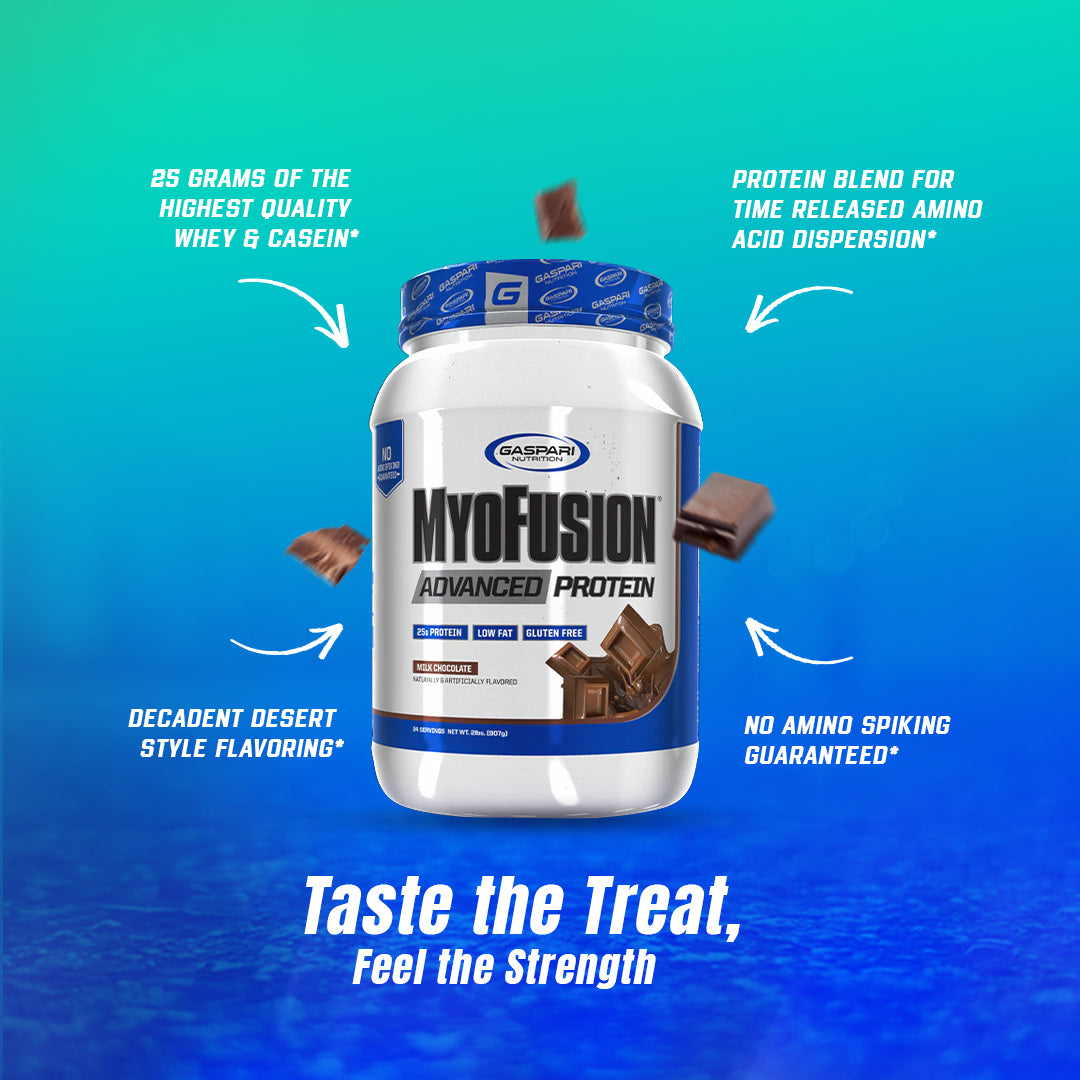

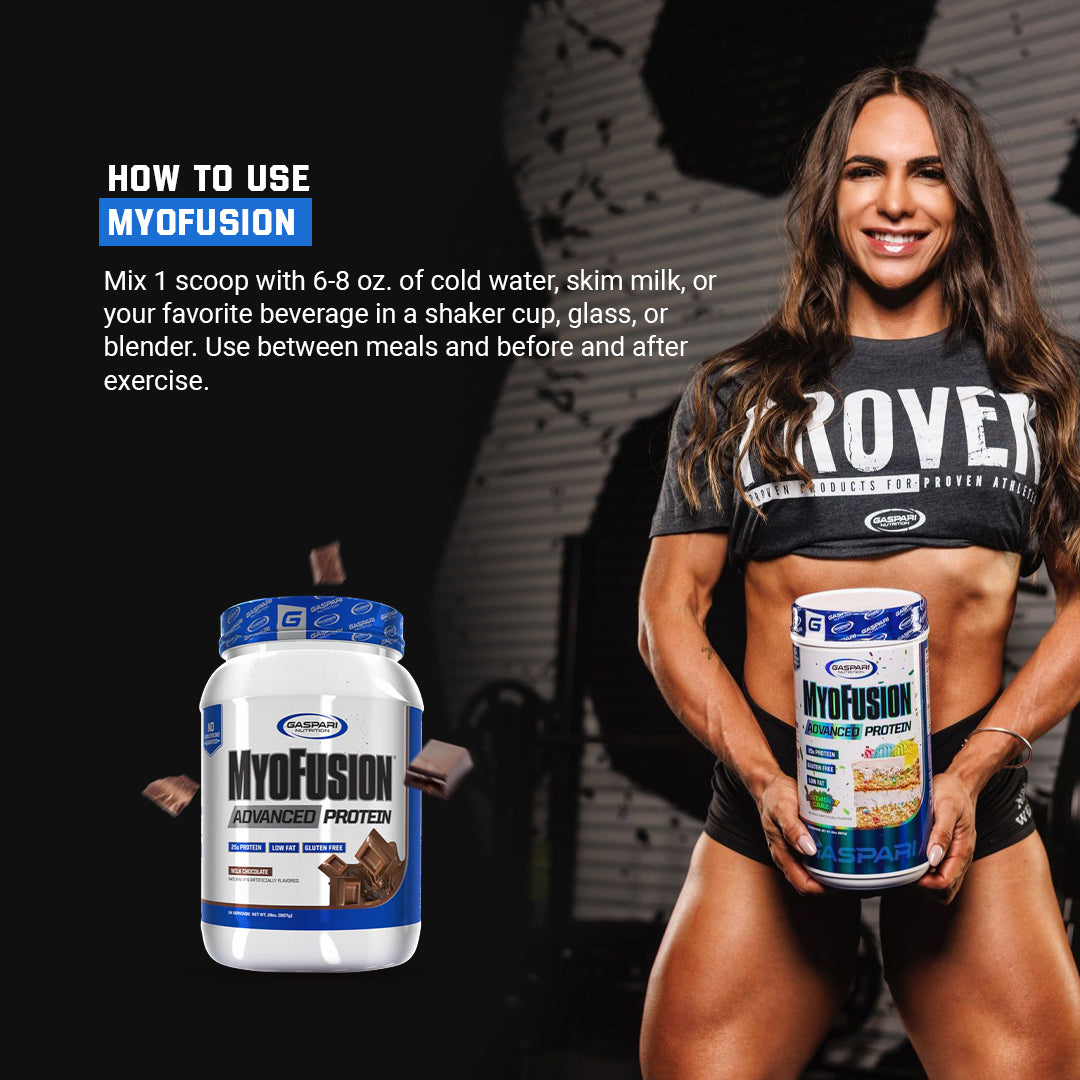


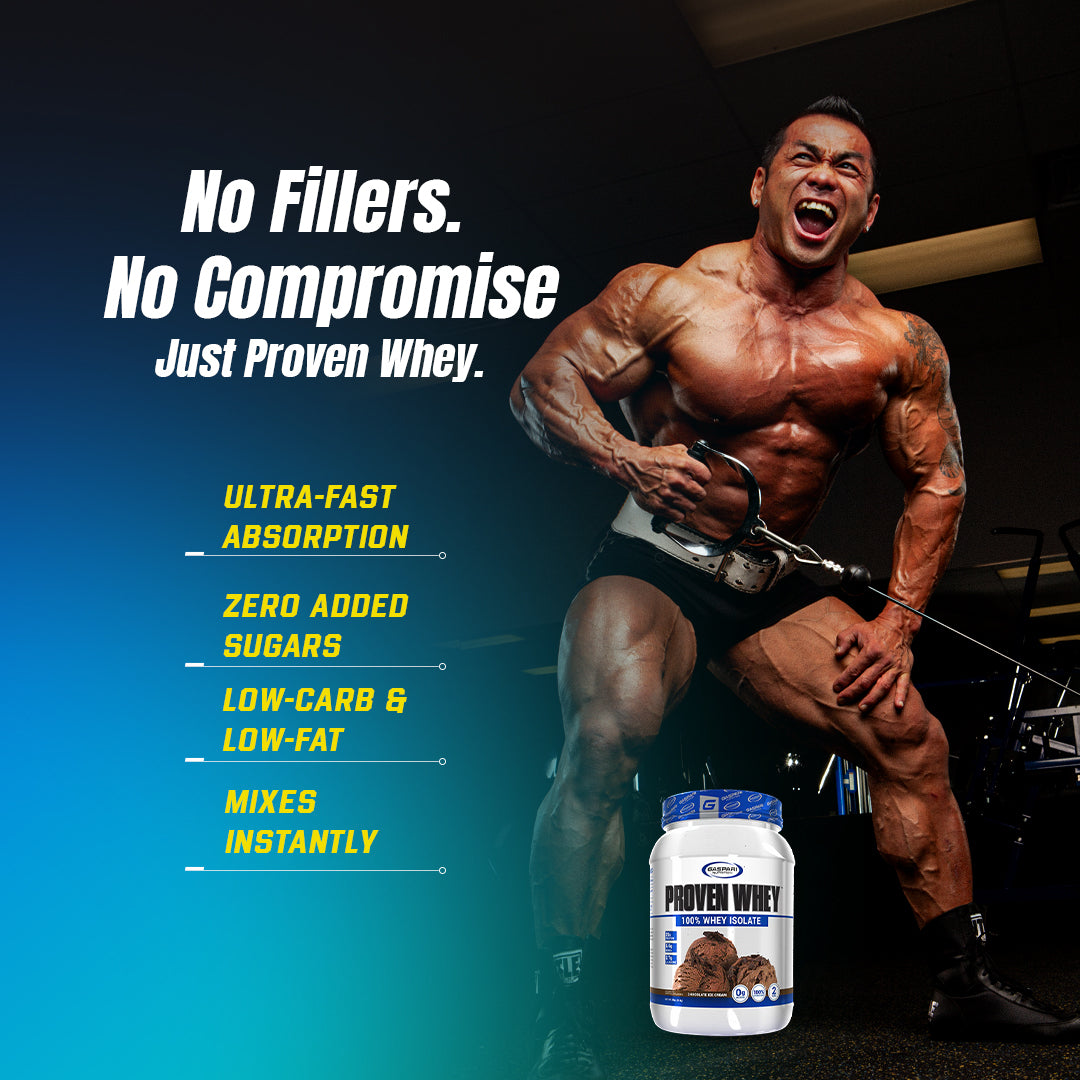







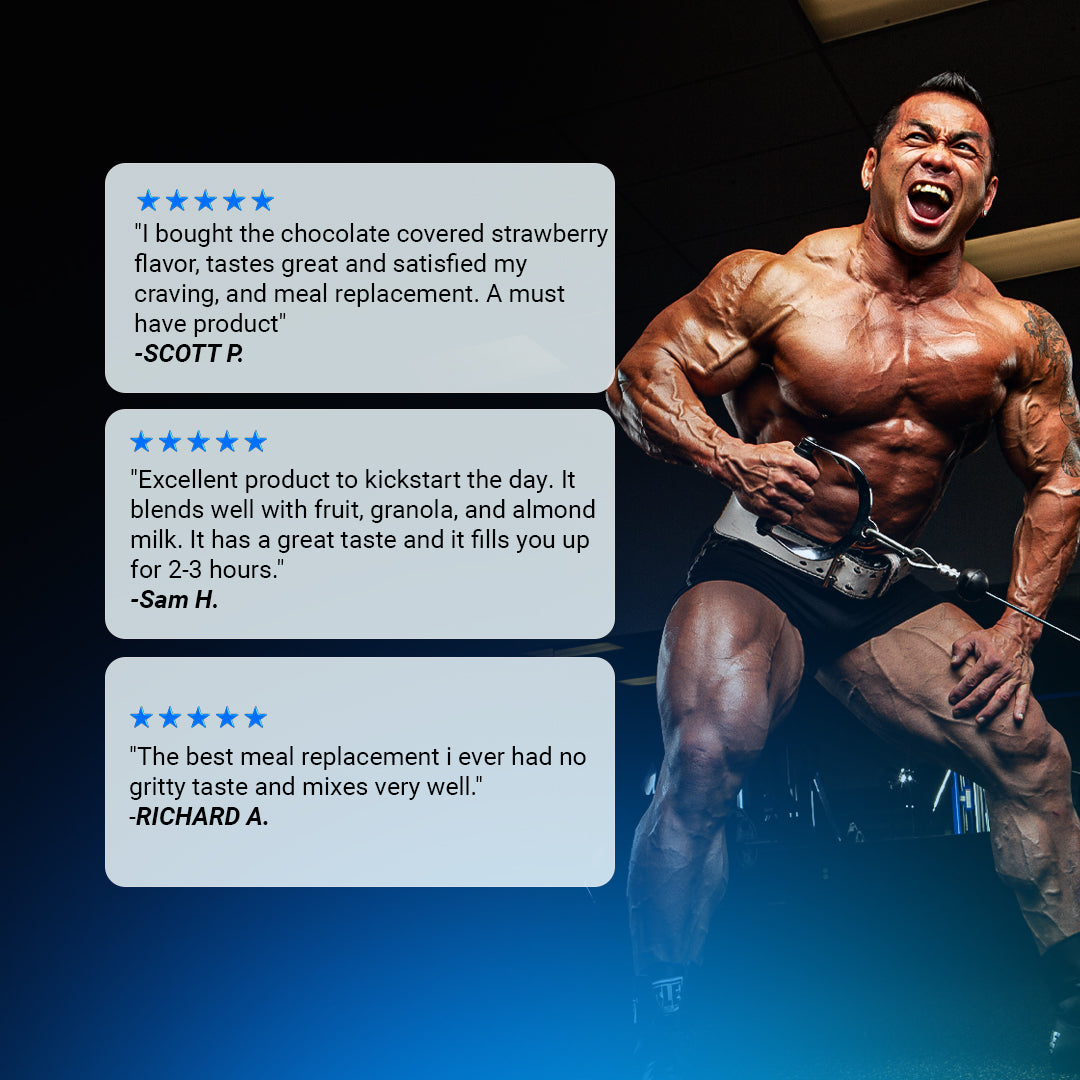
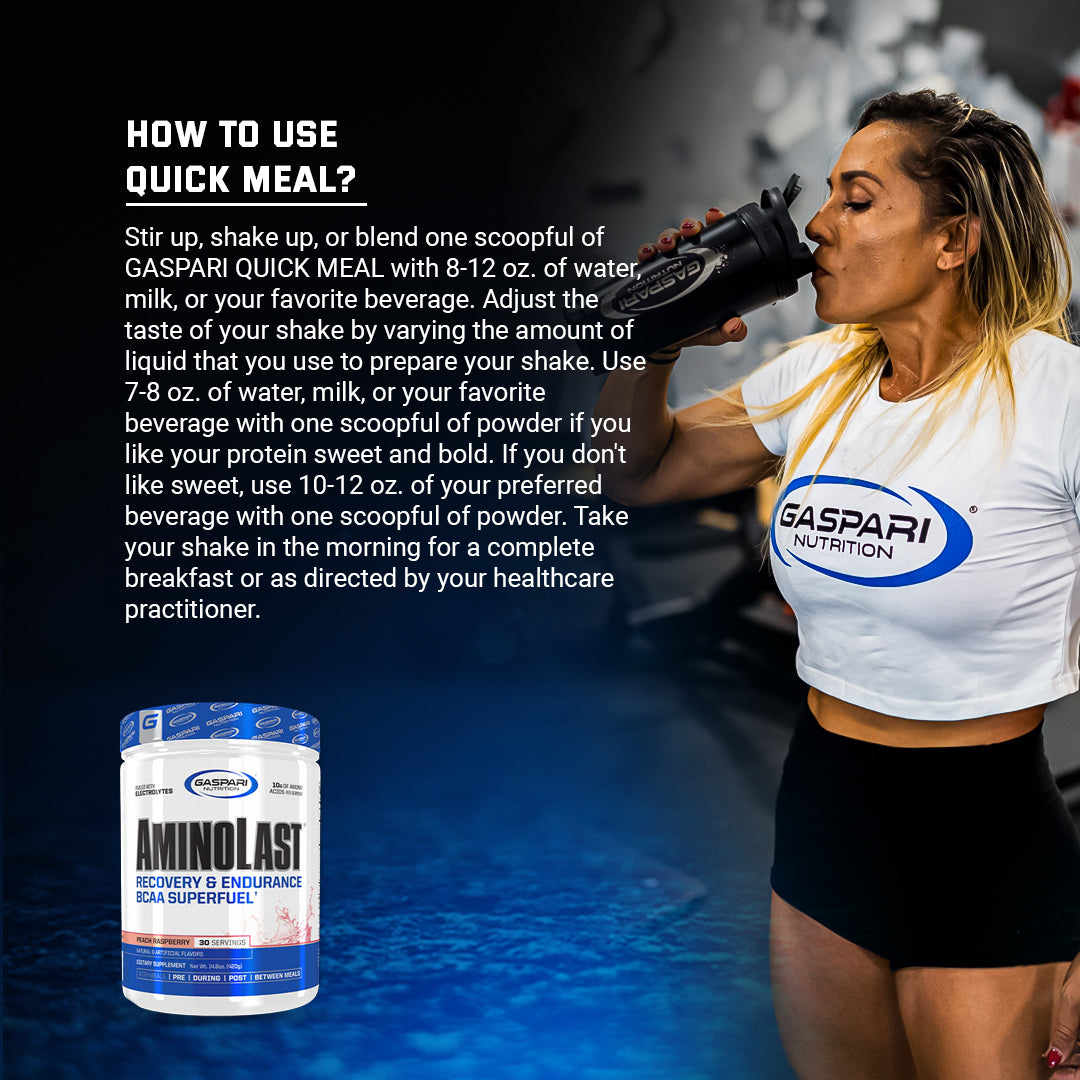

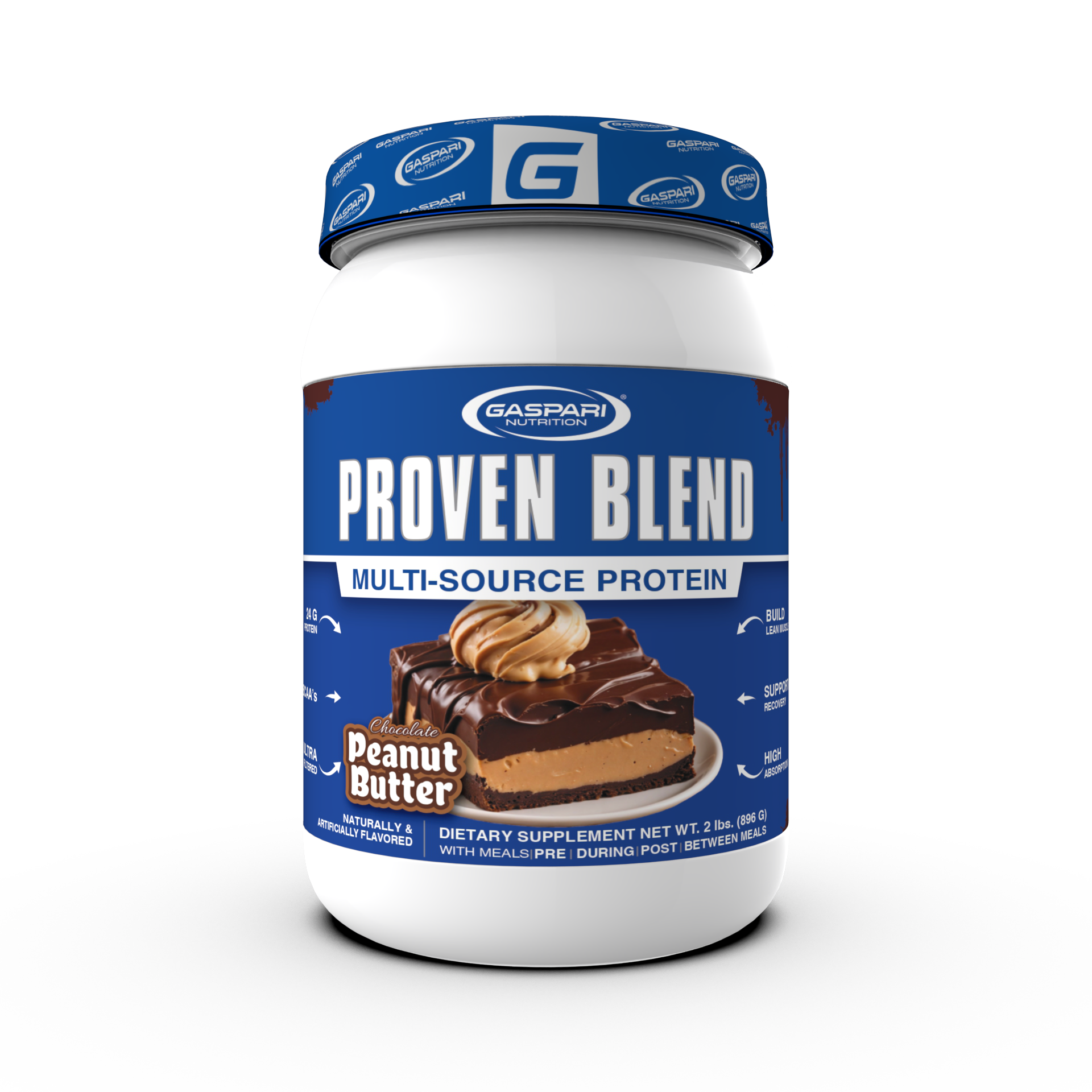
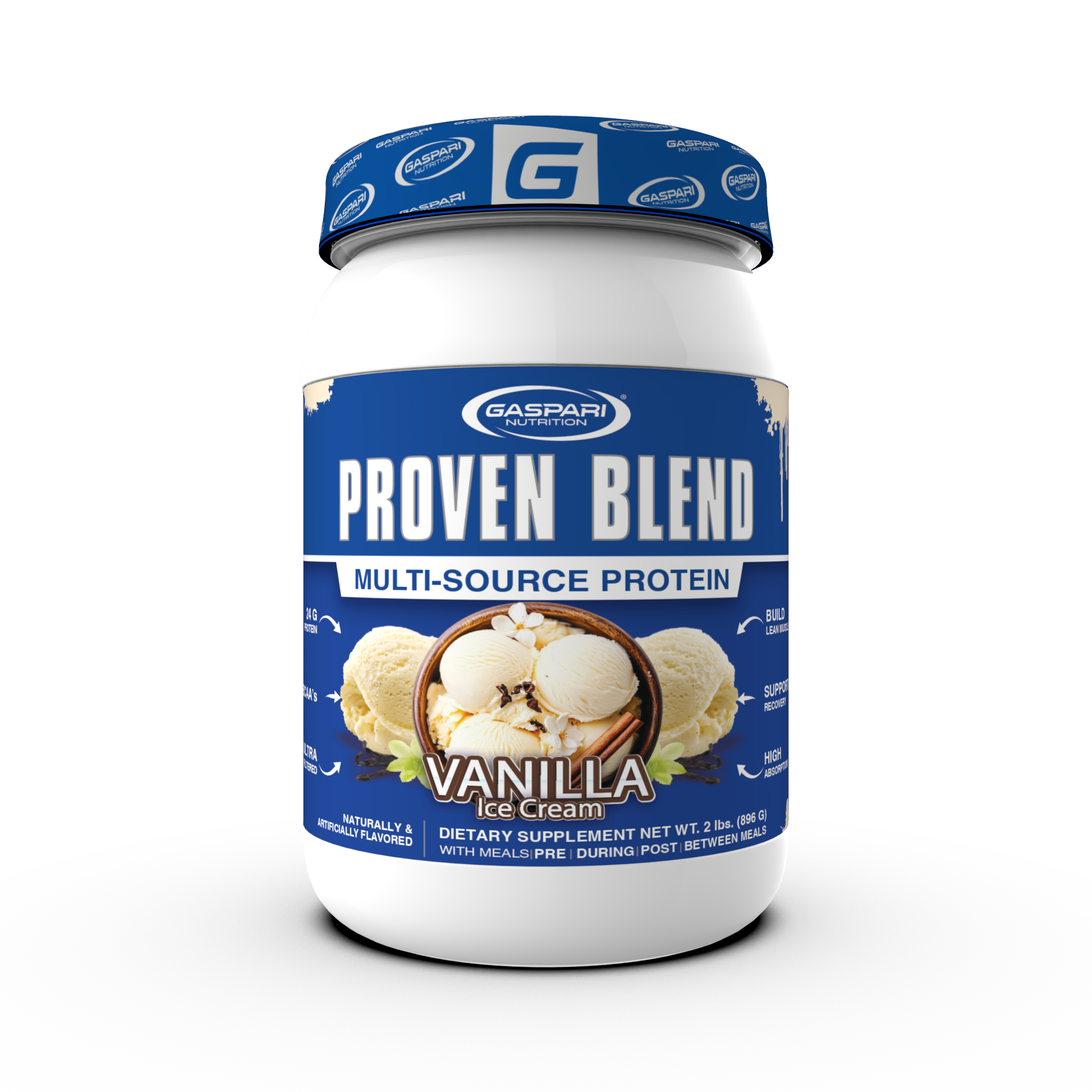

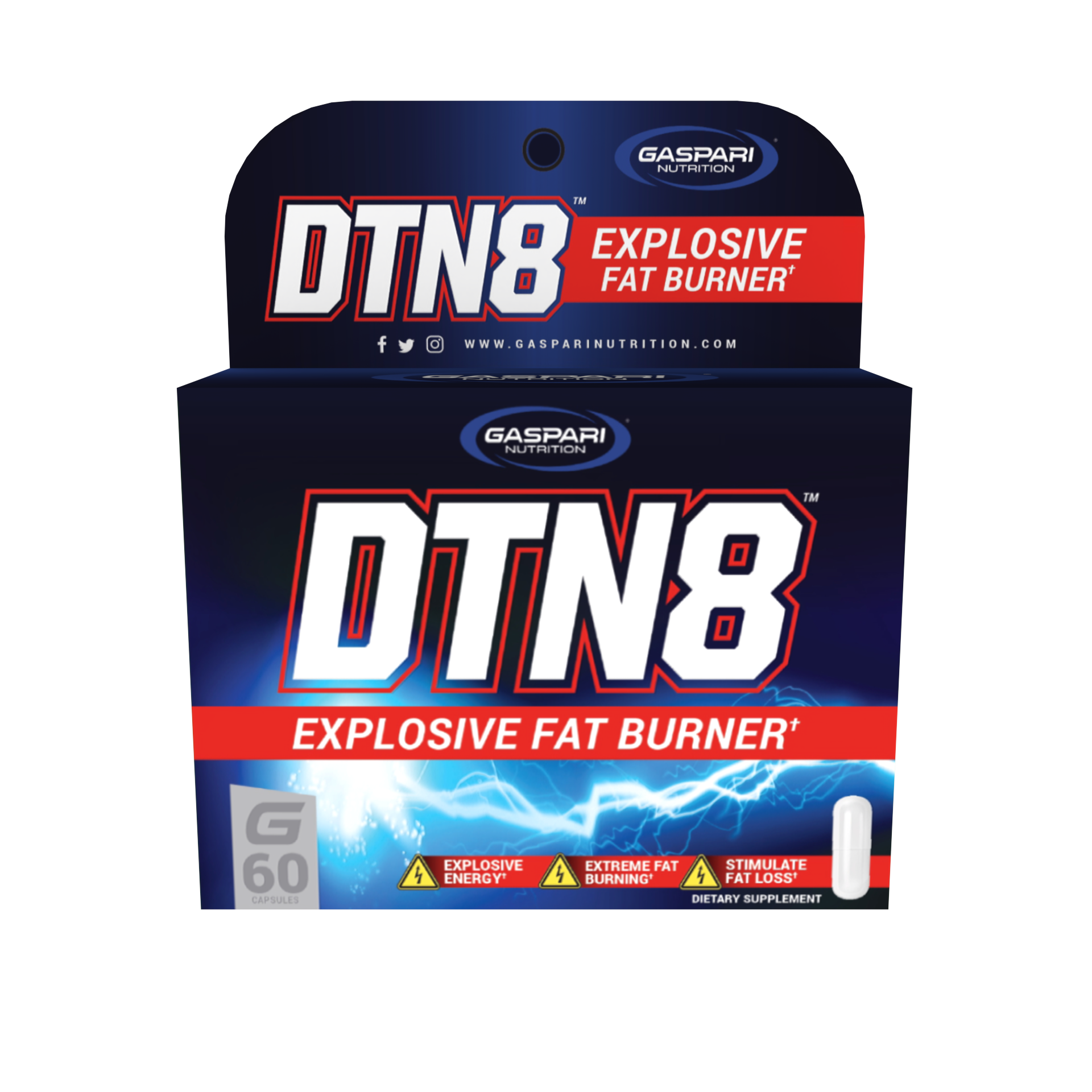

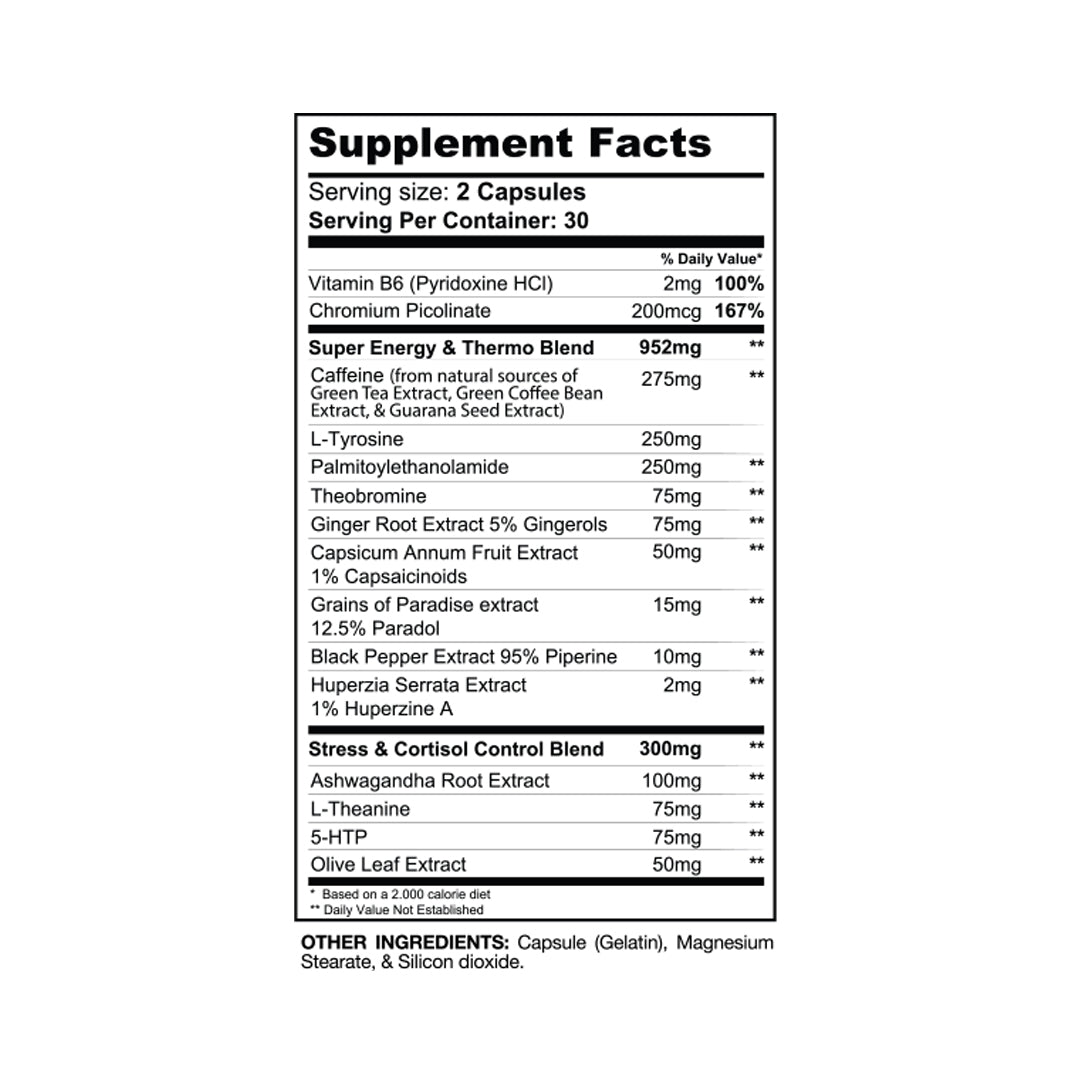
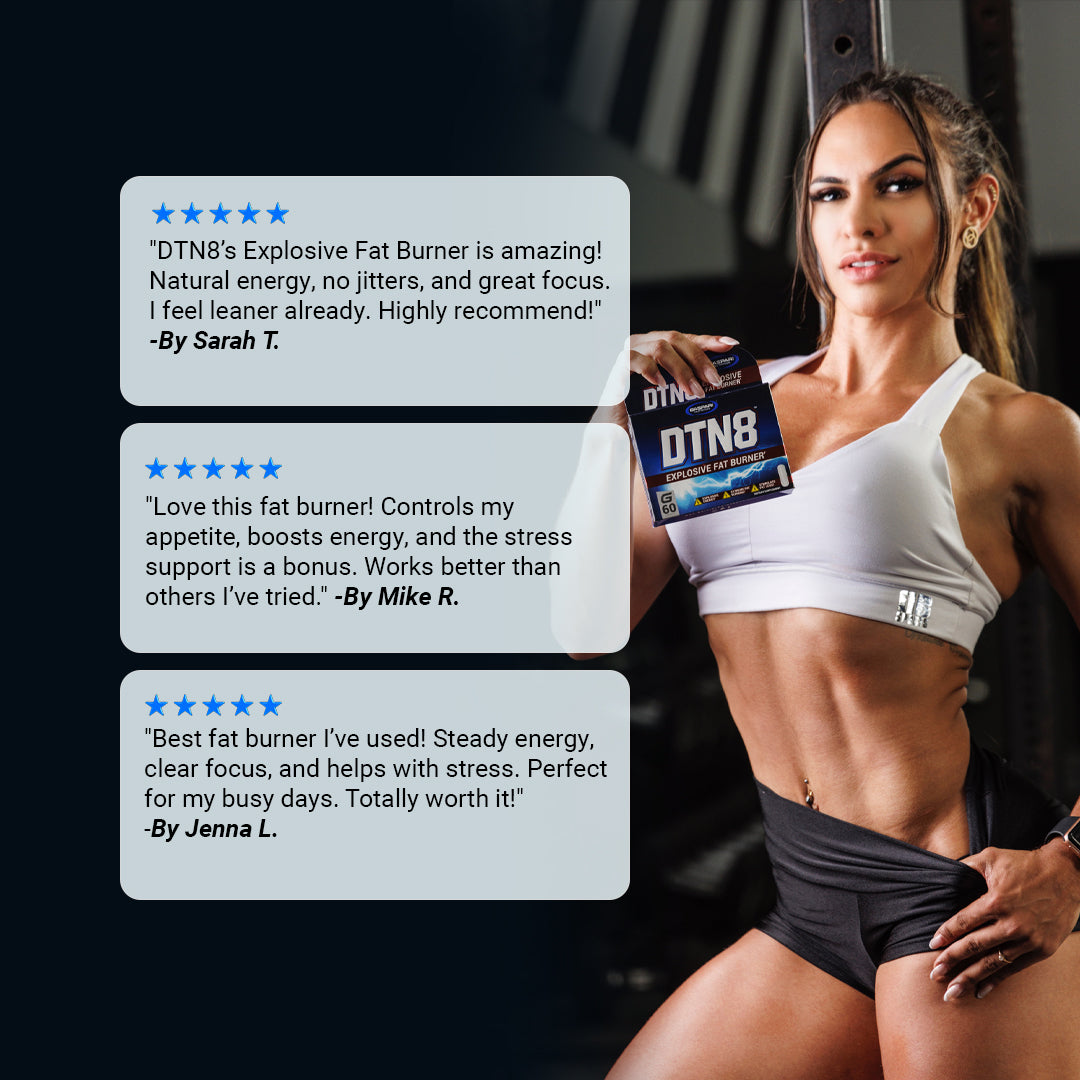


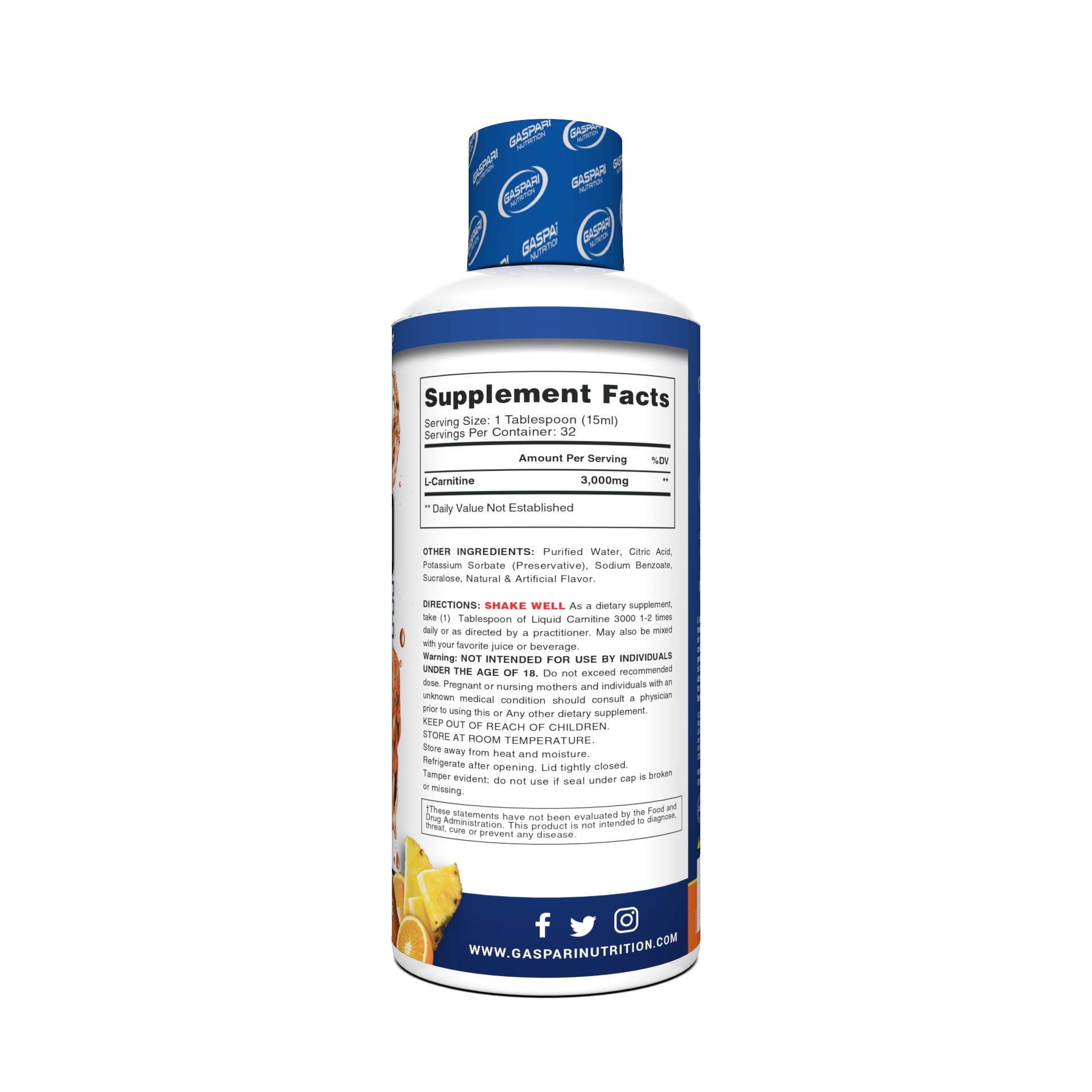


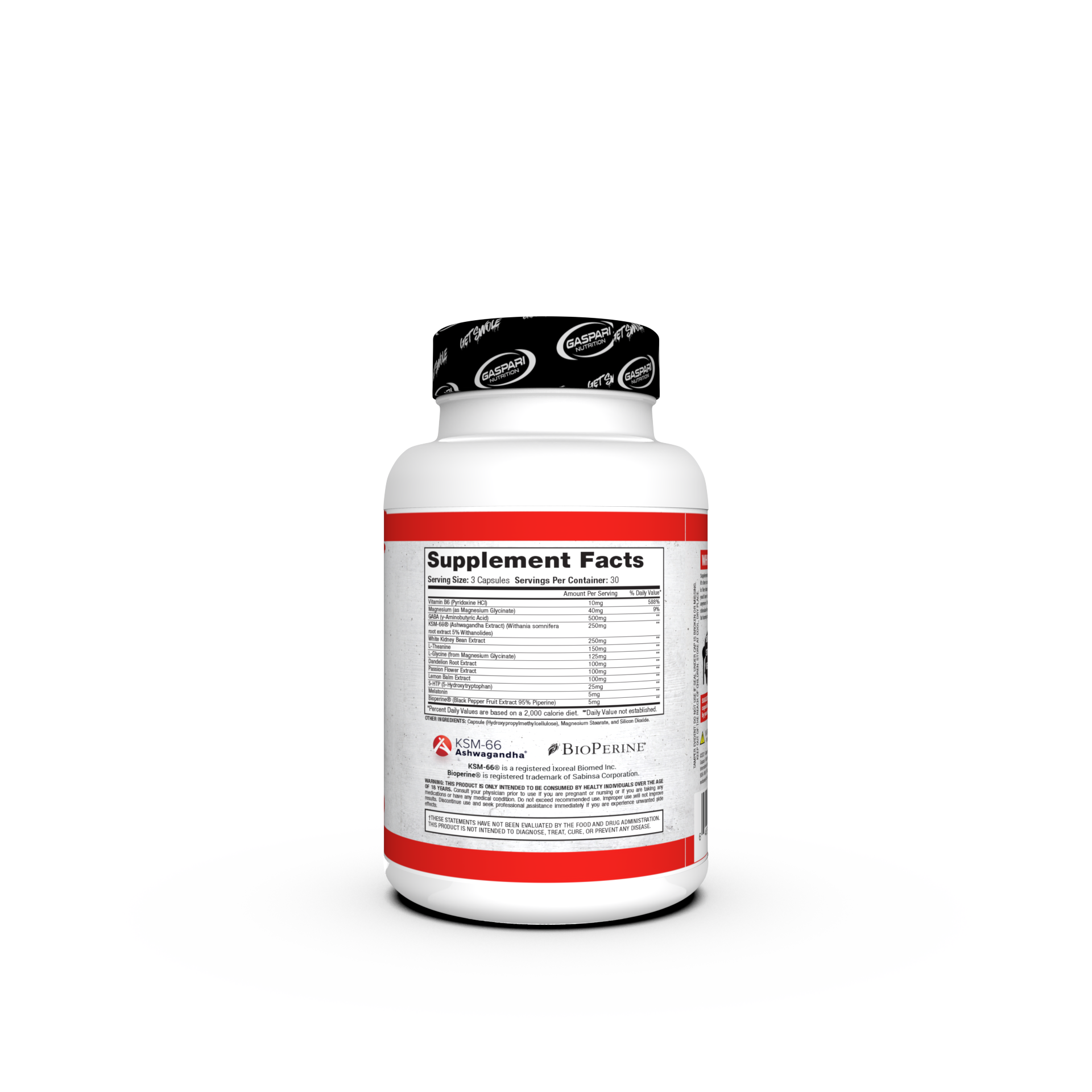


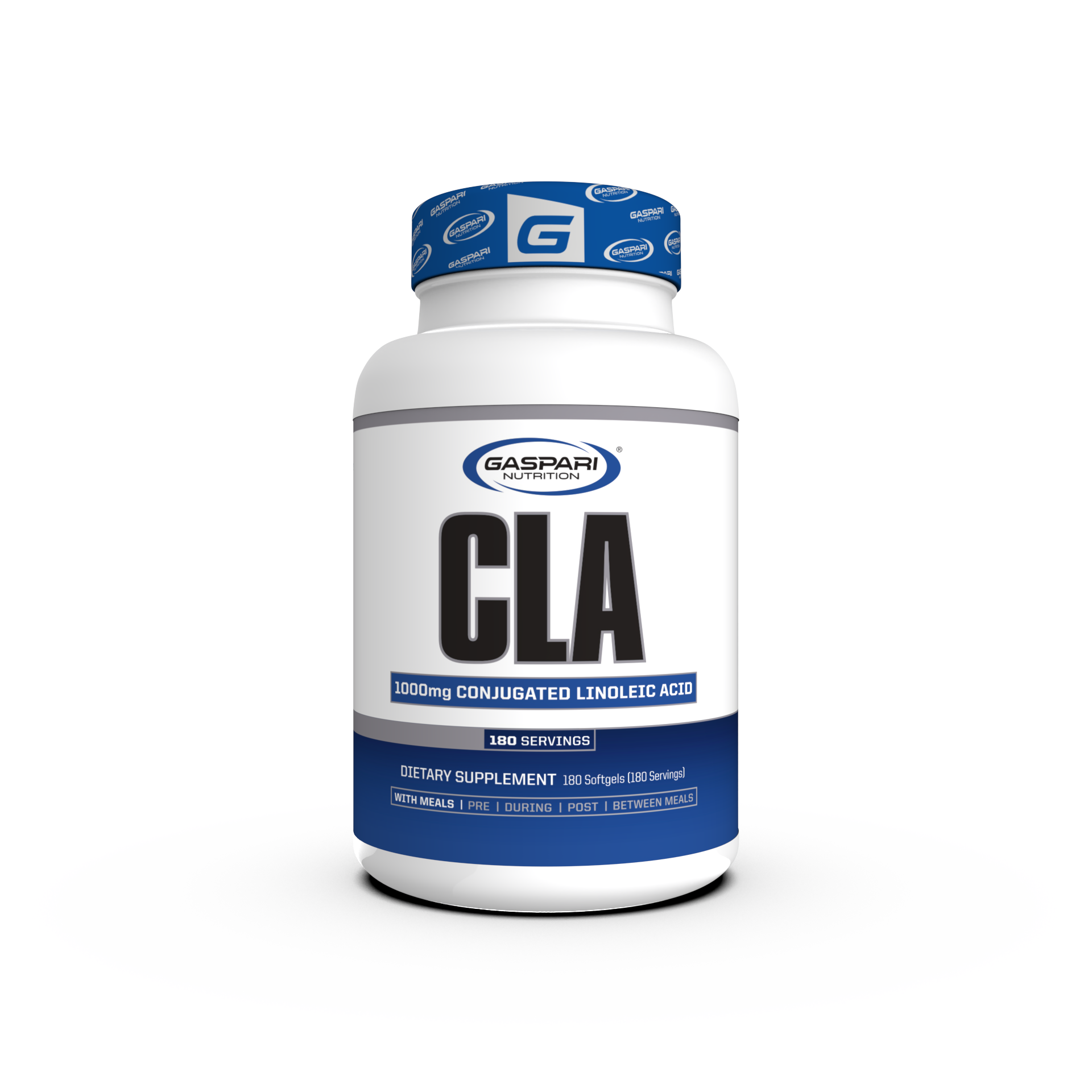
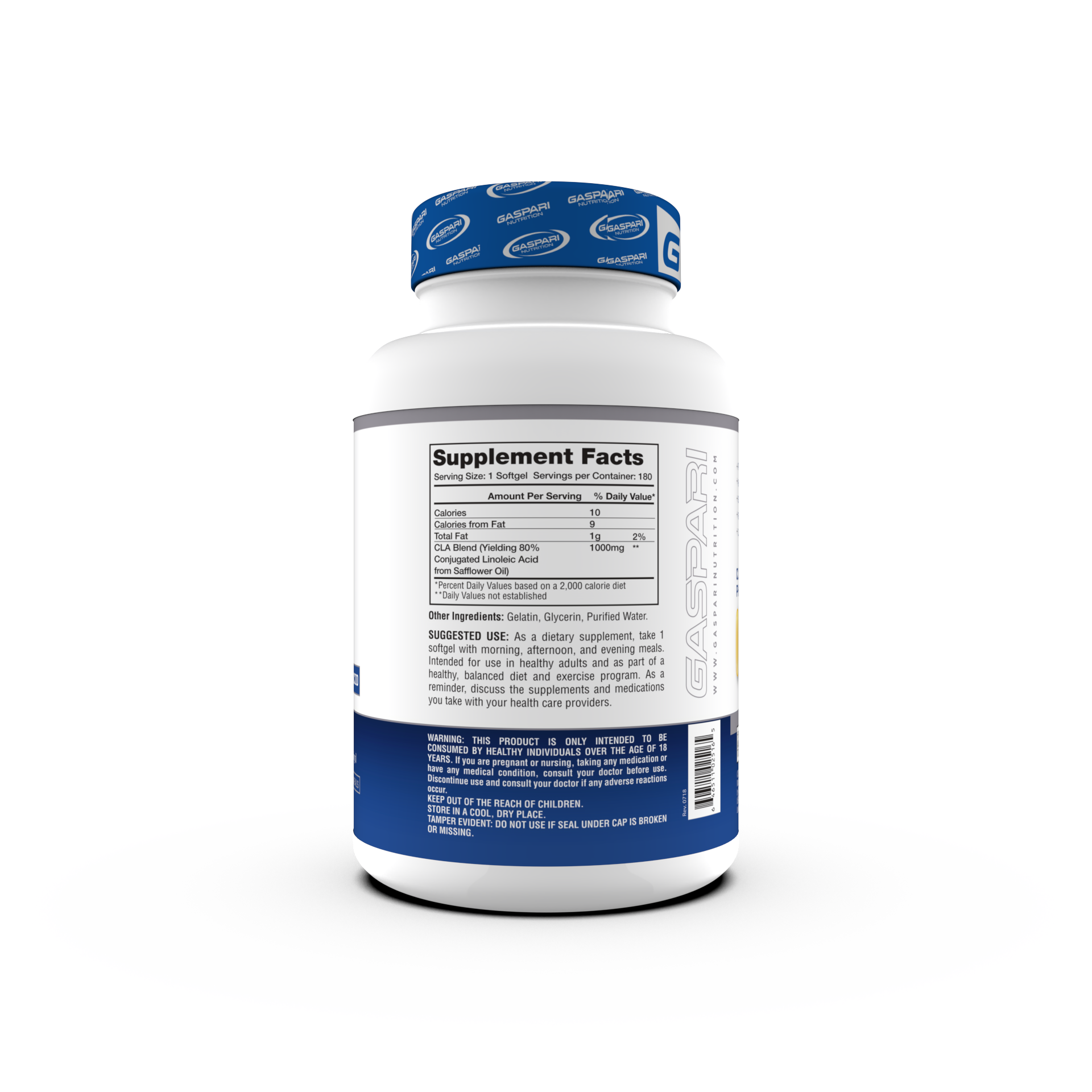
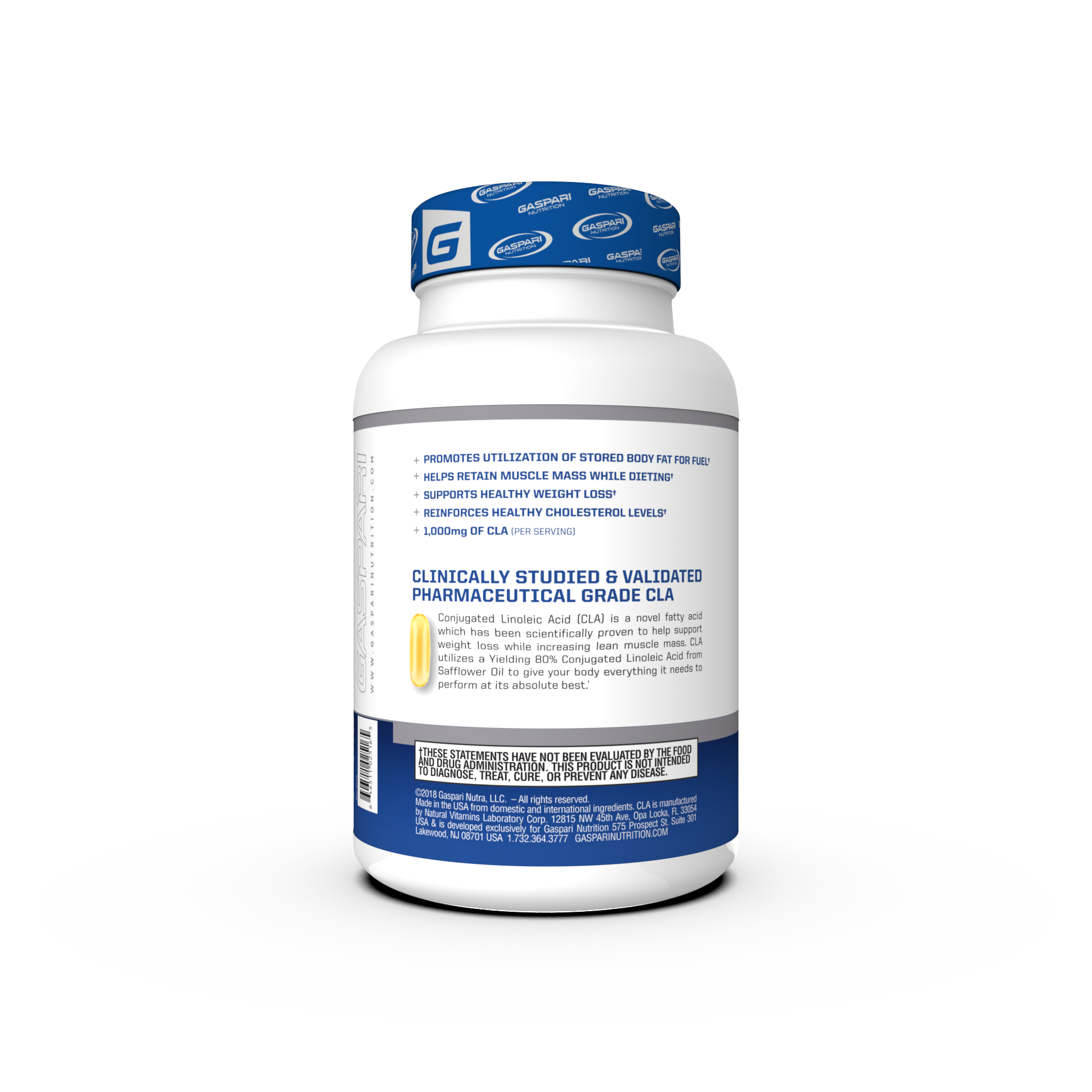

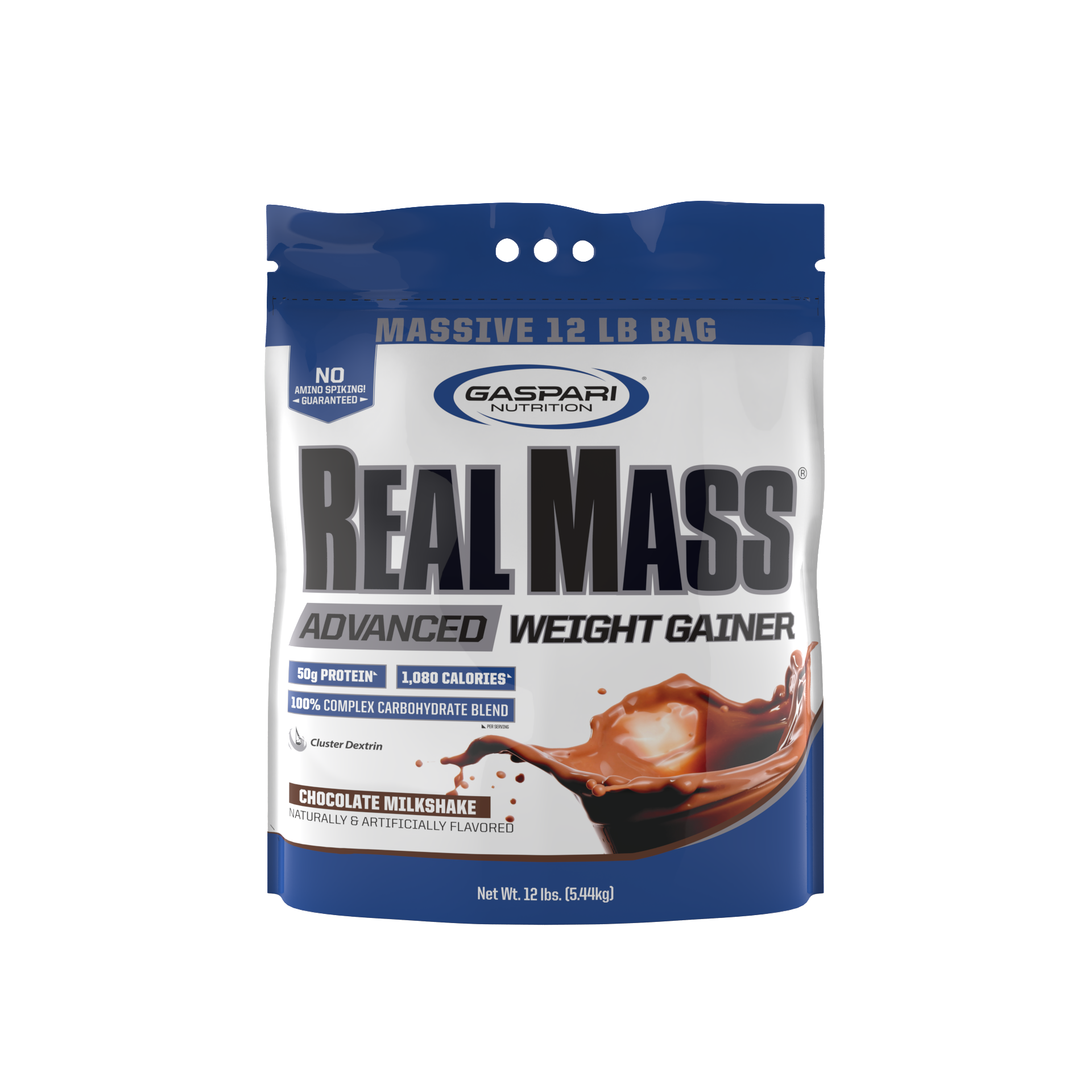
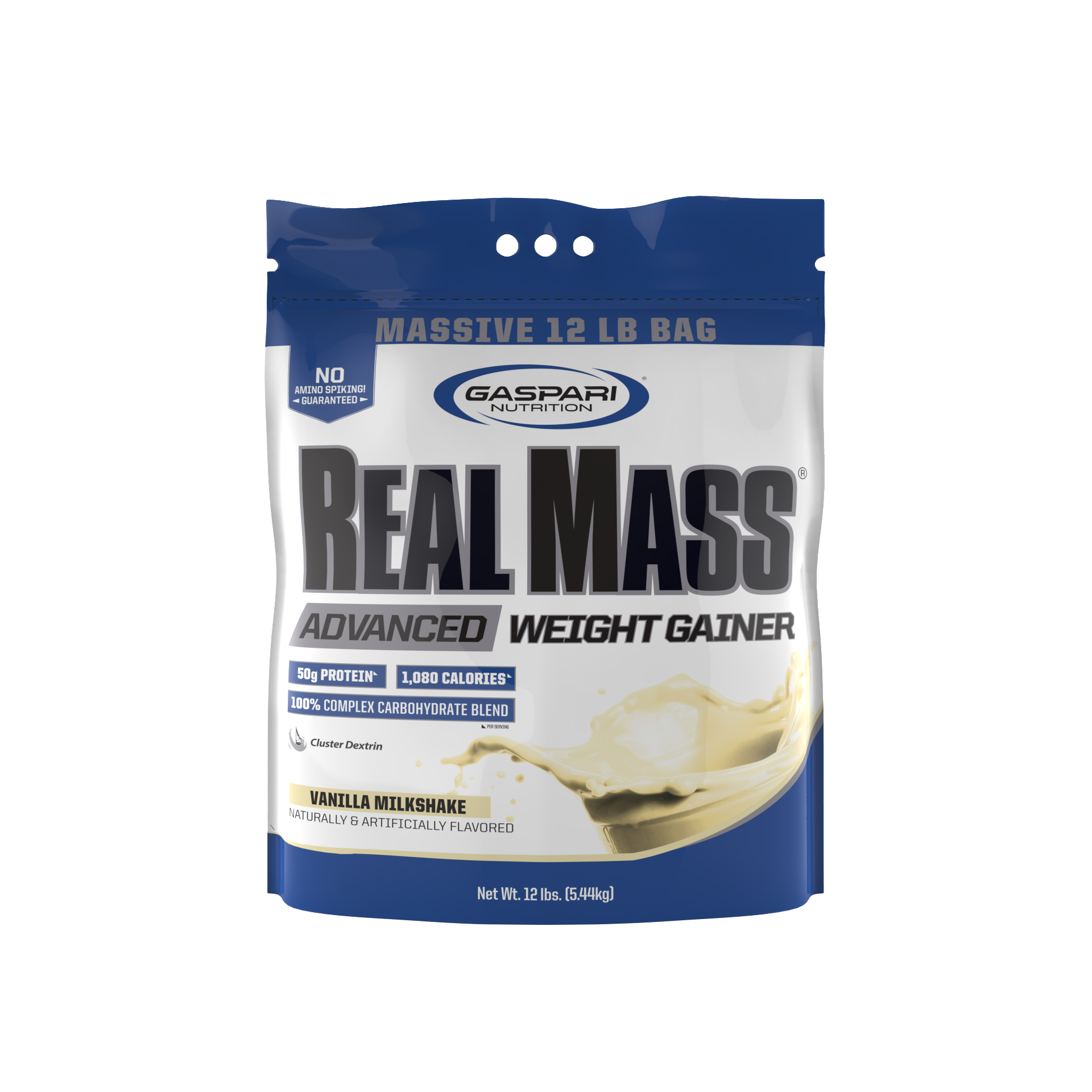


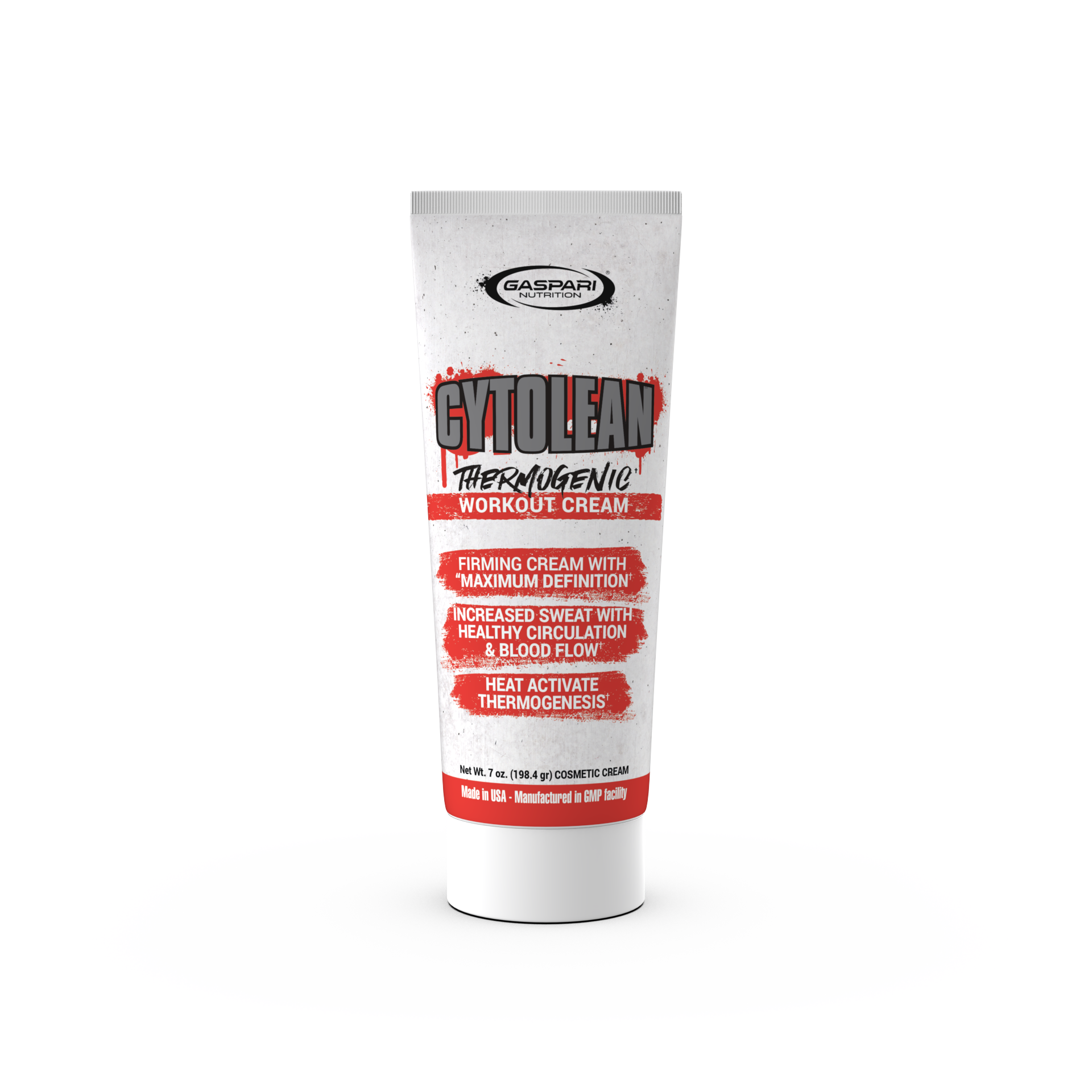


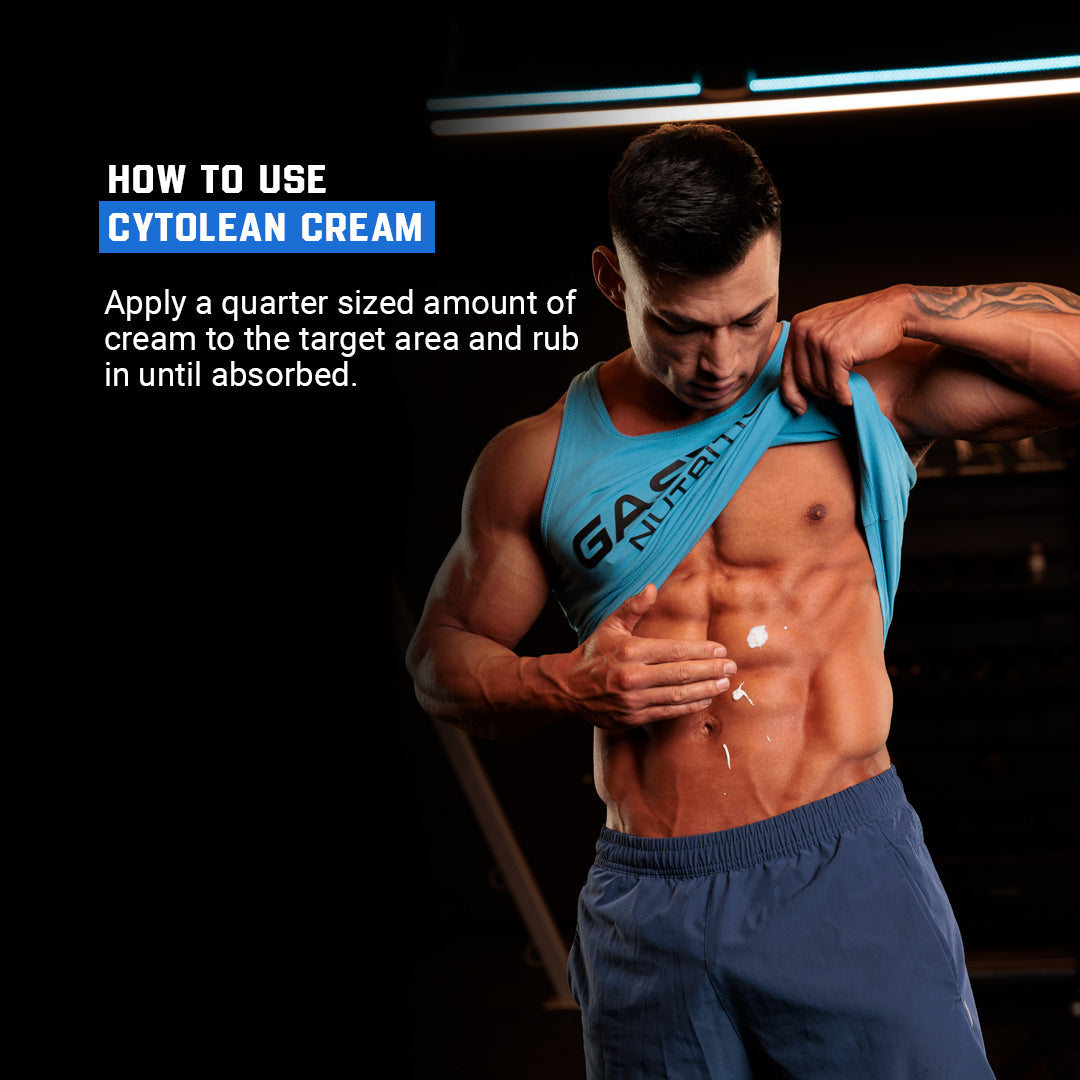





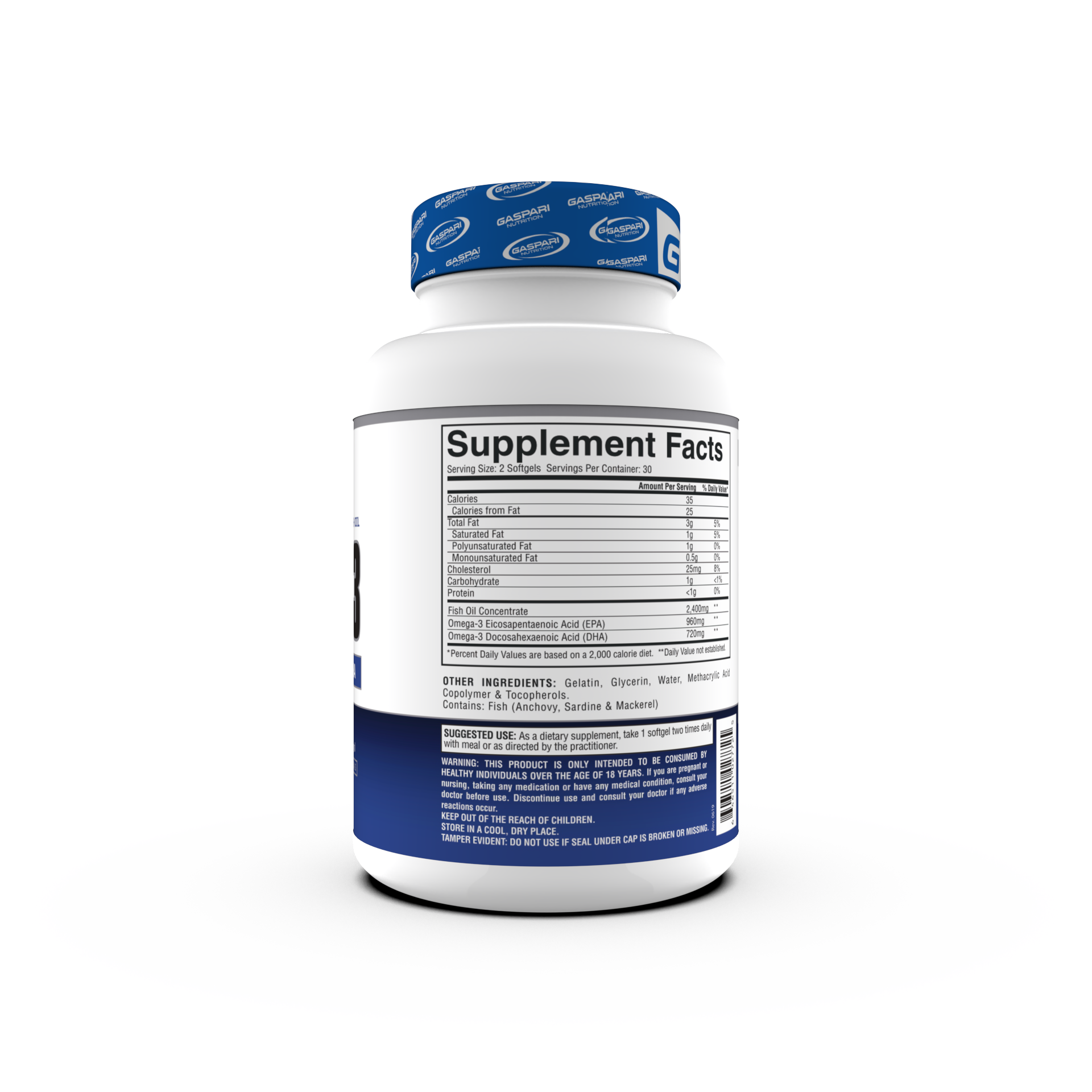
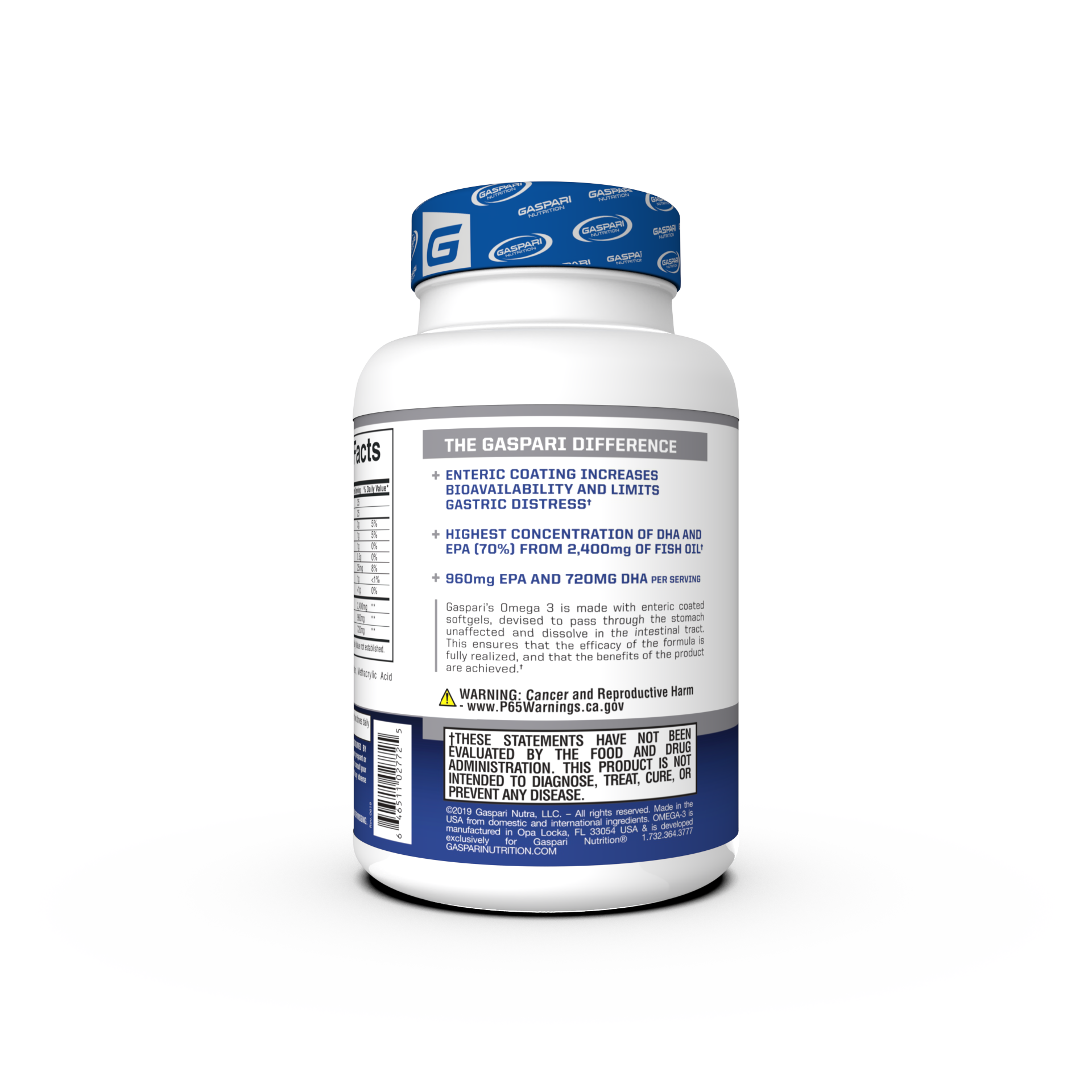






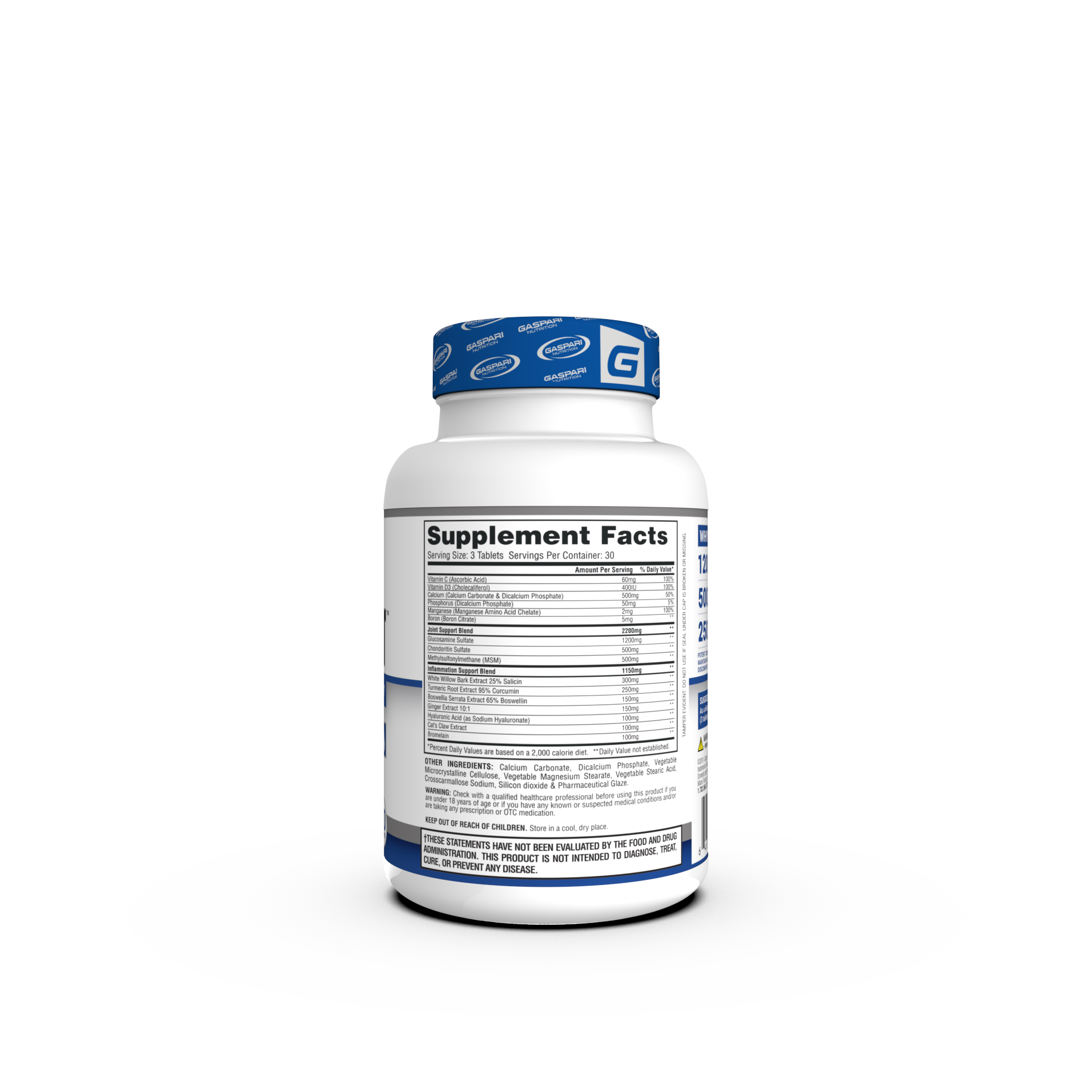
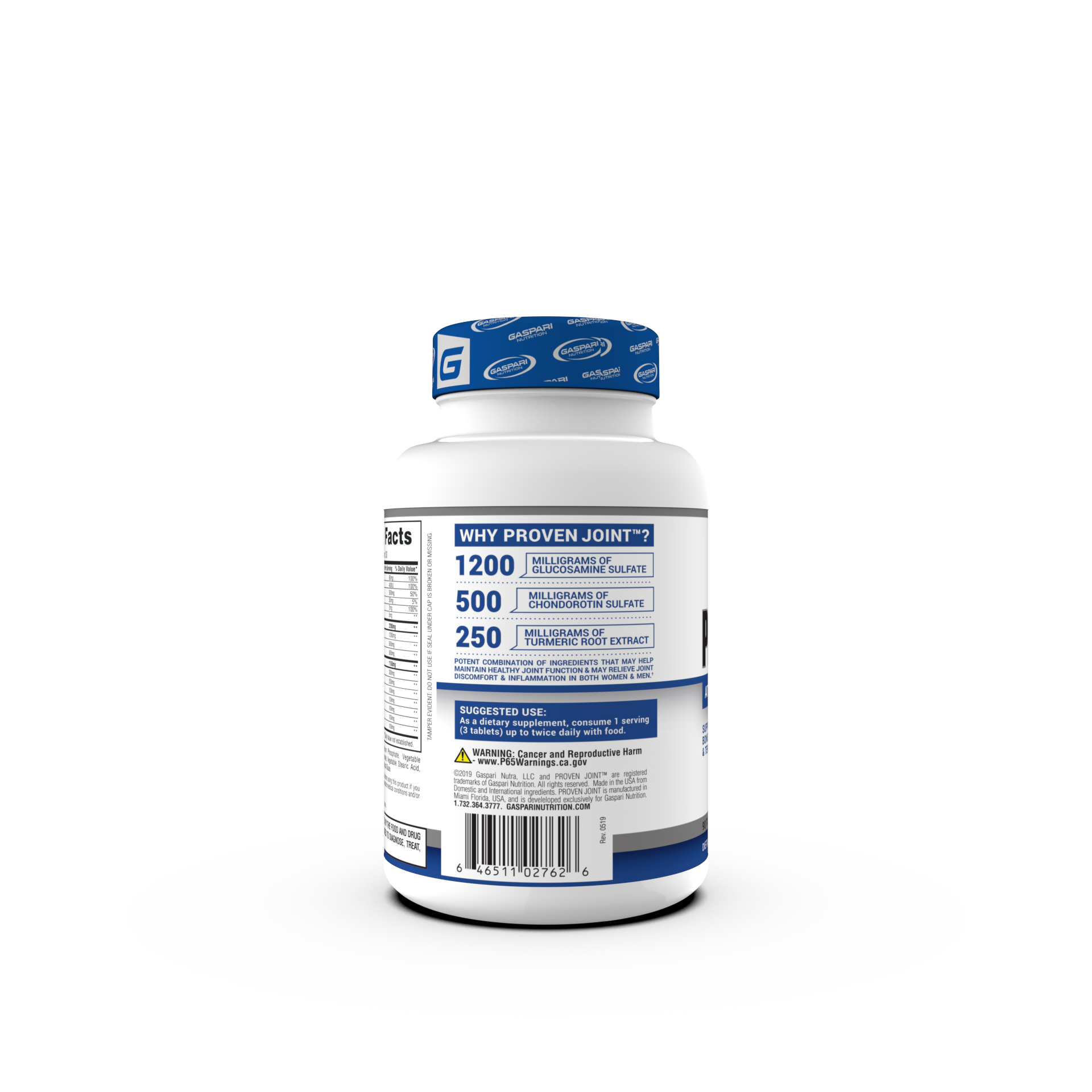

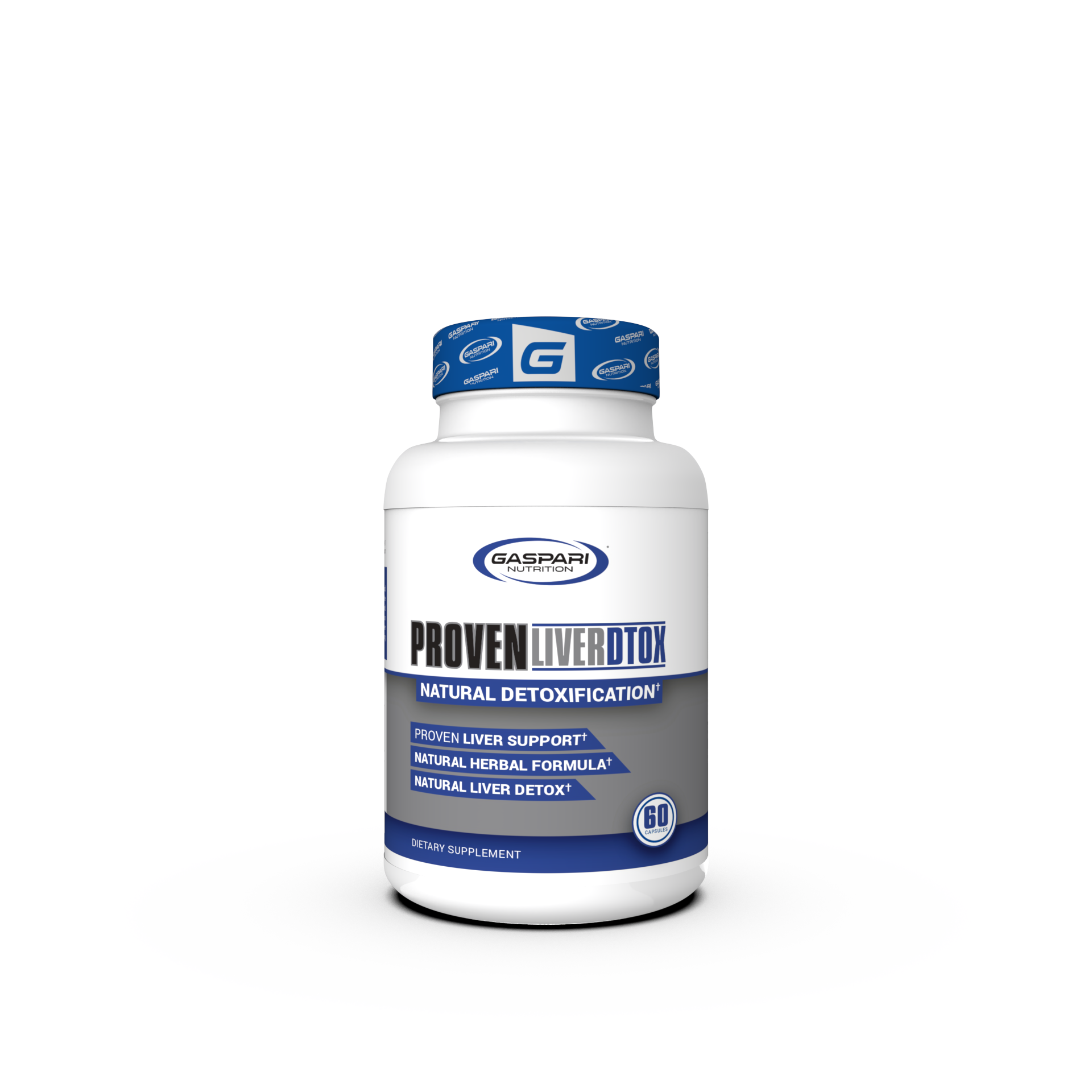

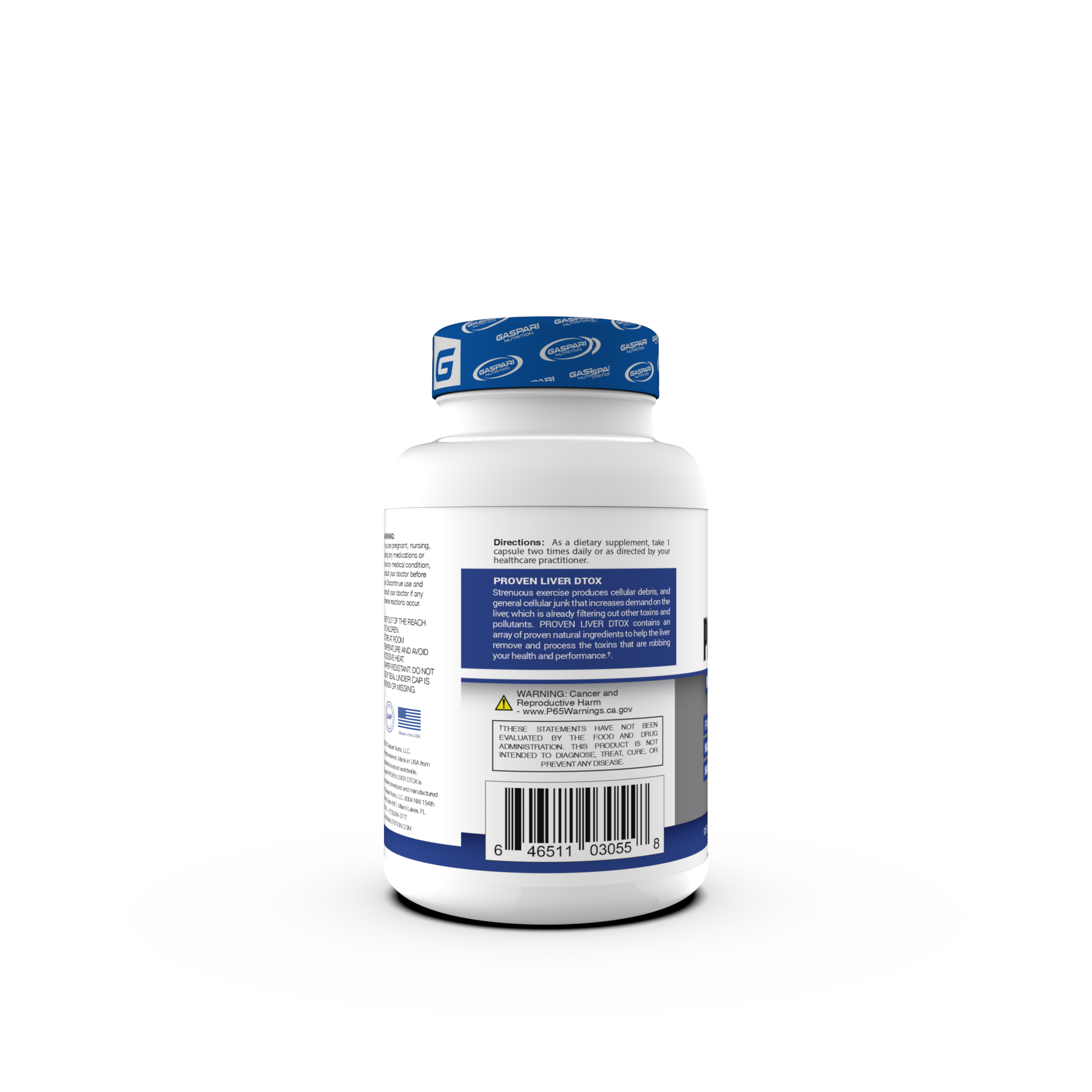

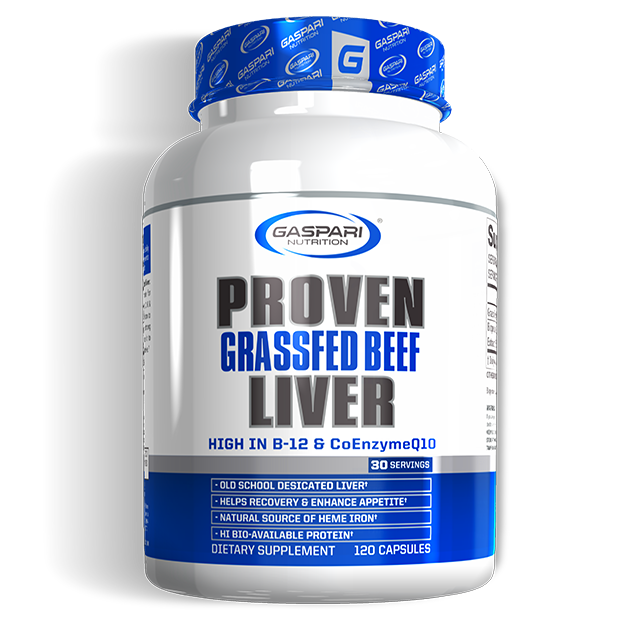


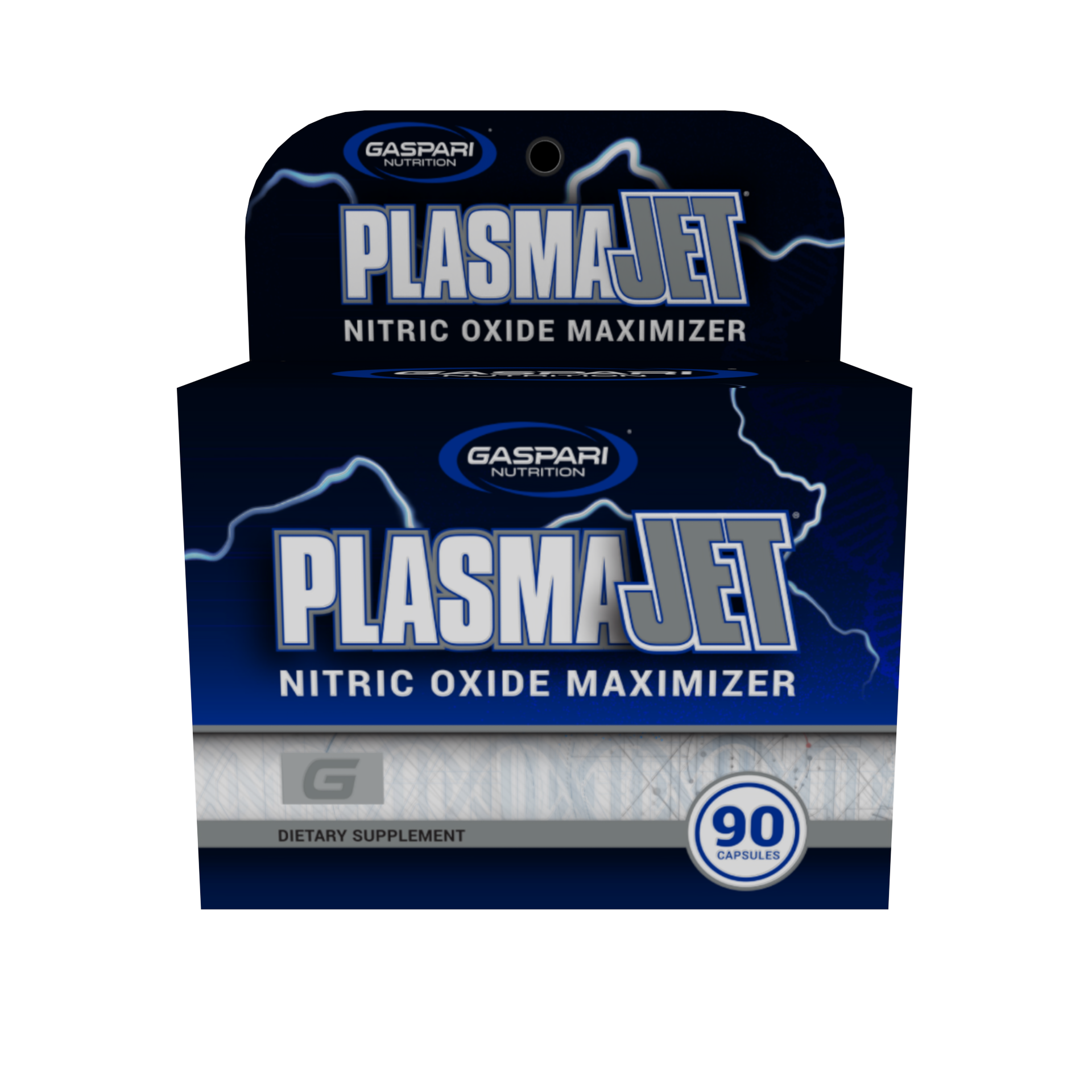


Share:
How Important Is Nutrition In Fitness Training?
How Important Is Nutrition In Fitness Training?